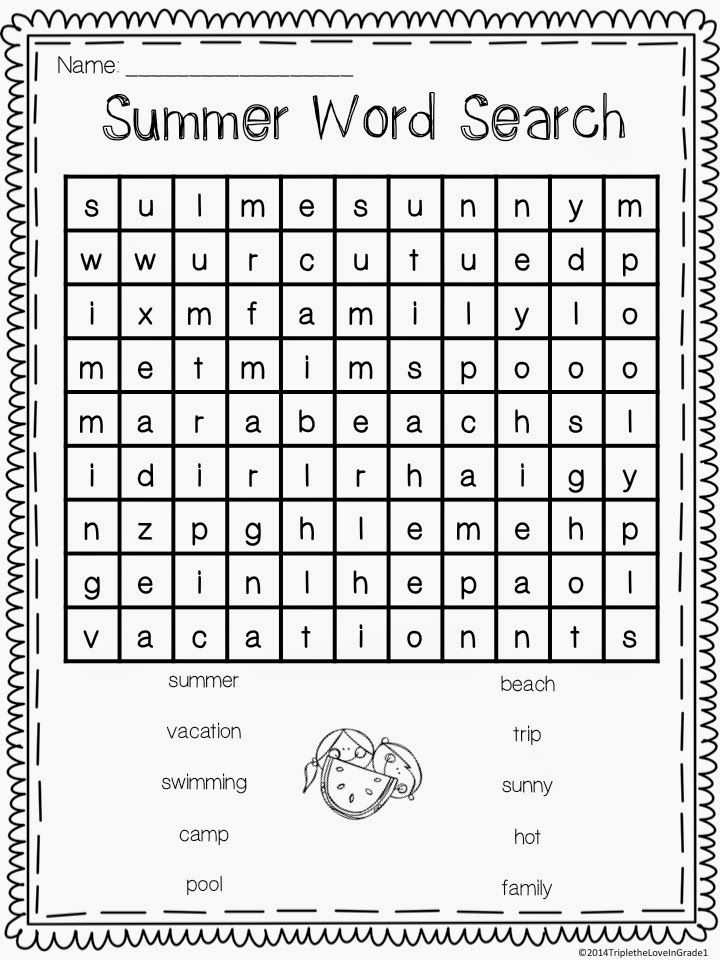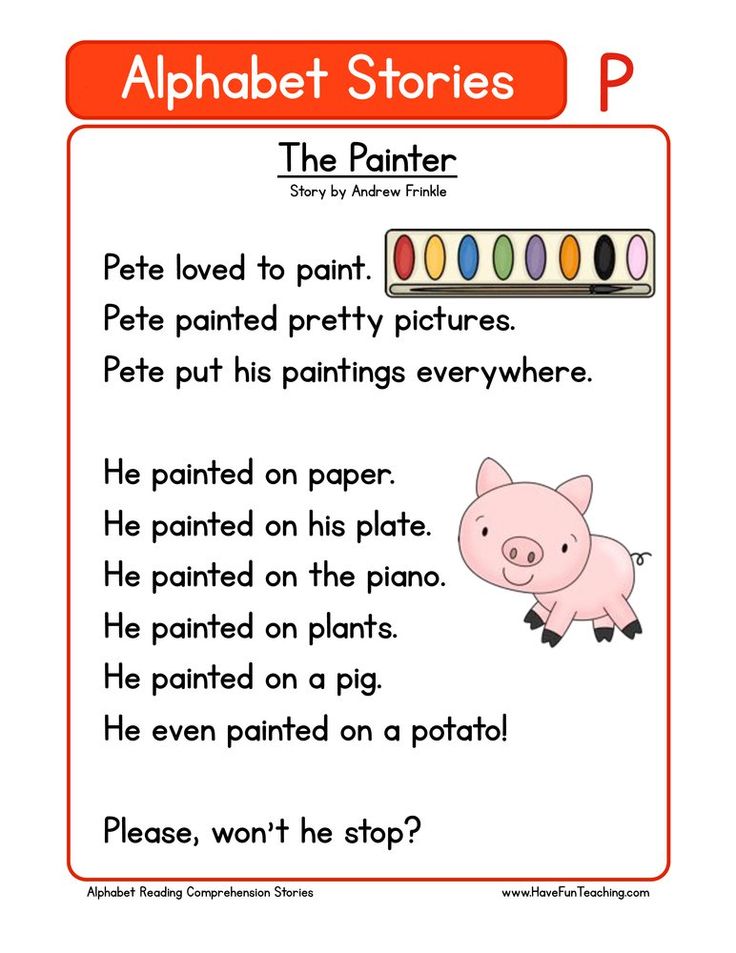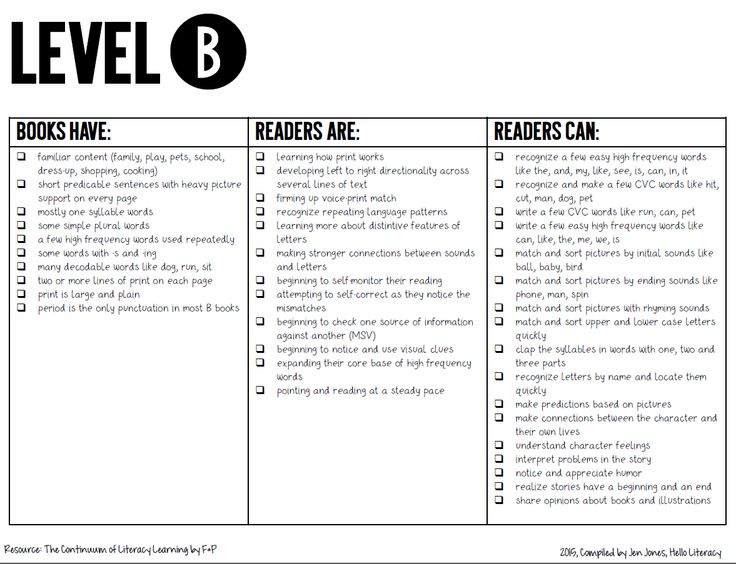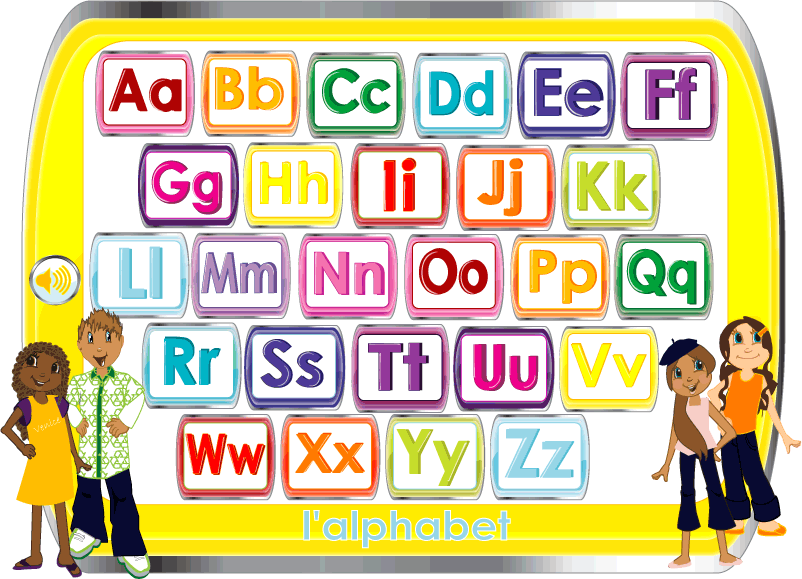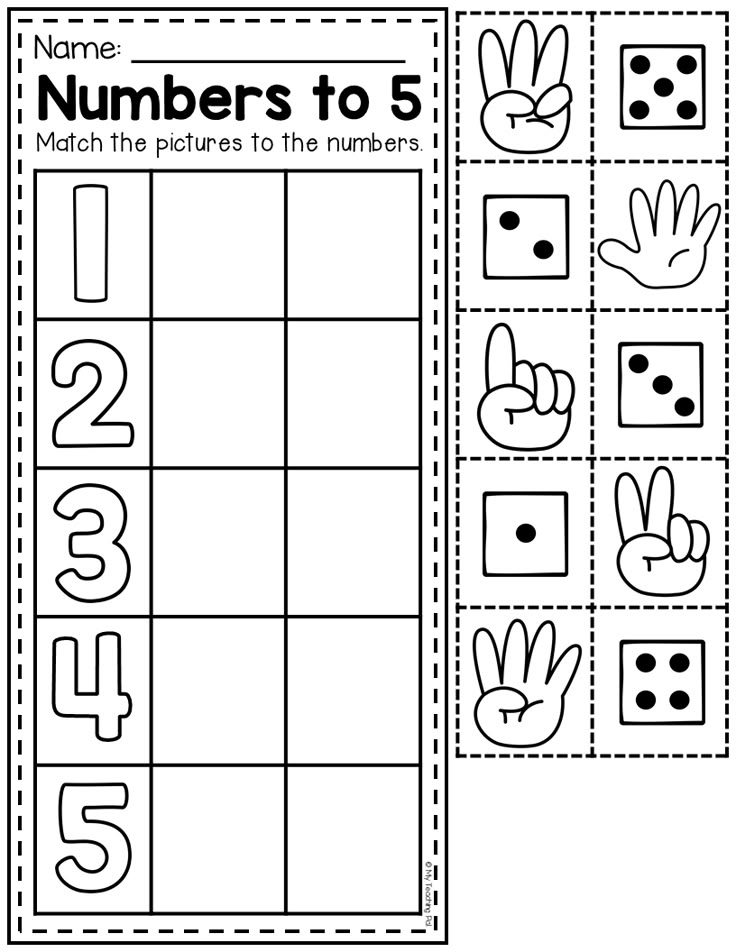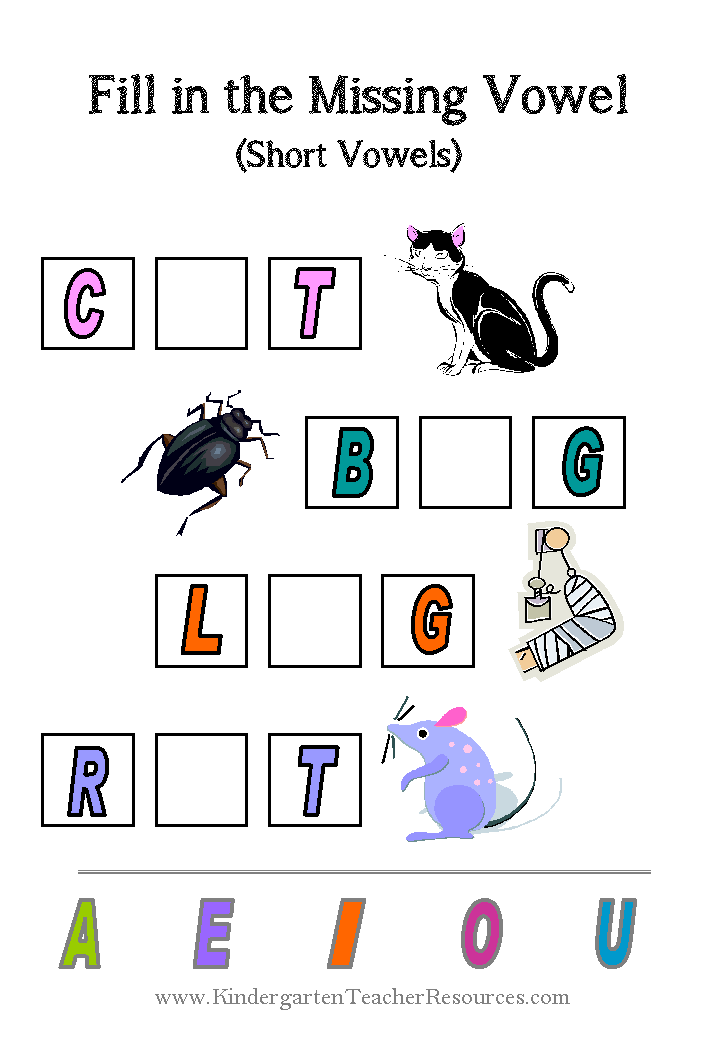What does reading proficiency mean
Here’s the difference between proficiency in reading and literacy
Written by FE Bureau
New Delhi
Some children, from an early age, learn to read effortlessly, but there are others who struggle. Reading is a complex skill that needs to be taught early, deliberately, systematically, contextually and incrementally. The right kind of literature must be introduced at the right time to build a child’s reading abilities. Children who are proficient in reading are more likely to do well in subjects other than languages.
Reading proficiency entails two things: (1) Decoding skills that enable children to read a text, and (2) meaning-making or comprehension skills that enable children to understand, engage and get involved with a piece of text.
Children learn to read in grades K-3, and read to learn from grade 4 onwards. Research shows that children fall far behind academically if they do not develop this proficiency.
Also Read
Literacy, on the other hand, is the ability to access, assimilate and analyse information. It helps students express thought with precision, present ideas and opinions clearly, and interact actively.
A mindset shift
There is a difference between literacy and reading. Literacy does not mean teaching children to read. Every voracious reader is literate as one needs to know how to read in order to read avidly. However, not every literate person may love reading. Literacy is essential for every citizen to contribute as an informed voter, qualify for jobs and read necessary information. Reading for leisure, on the other hand, broadens one’s perspective, allows children to dream and opens a world of possibilities for them.
By fostering the love for reading in children, parents and educators equip them to explore the world with a wider mindset and prepare them for the unknown. Students who are proficient readers and have reading friendly environments at home, as measured by their performance on various reading tests, are more likely to perform better than their peers.
Assessing reading proficiency
Research also suggests that children should be independent readers, with fluency and comprehension, by the time they finish grade 3. However, the FAST assessment conducted by Stones2Milestones demonstrated that only 12.5% of 4th graders, 2.1% of 5th graders and 3.9% of 6th graders show advanced comprehension and vocabulary abilities.
Although it is expected that children become independent readers by grade 3, it is evident that only a small percentage of children in India have the required reading proficiency for their age. Literacy and reading proficiency are not synonymous; they are different skills, with different classrooms and needs.
Armed with a book and love for reading in her backpack, a child is armed for life.
By- Aditi Mehta. The author is head, Content, Training and Impact, Stones2Milestones
Get live Share Market updates and latest India News and business news on Financial Express.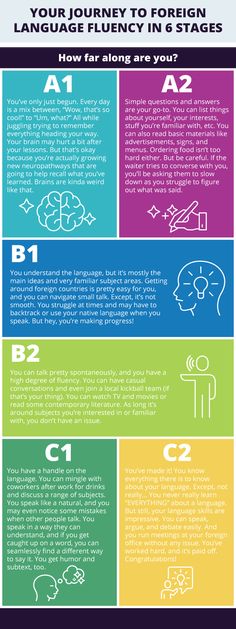 Download Financial Express App for latest business news.
Download Financial Express App for latest business news.
Below Basic, Basic, and Proficiency Spectrum
Note: Remember to click on any word on this page to experience the next evolutionary step in technology supported reading.
According to the 2011 national report cards on reading by the National Assessment of Educational Progress (NAEP), most of our children are less than proficient in reading even after 12 years of our attempts to teach them:
| BELOW BASIC African American 4th grade 51% 8th grade 41% 12th grade 43% Hispanic 4th grade 49% 8th grade 36% 12th grade 39% American Indian/Alaska Native 4th grade 53% 8th grade 37% 12th grade 30% Asian/Pacific Islander 4th grade 20% 8th grade 17% 12th grade 19% White 4th grade 22% 8th grade 57% 12th grade 19% | | BELOW BASIC African American 4th grade 84% 8th grade 85% 12th grade 83% Hispanic 4th grade 82% 8th grade 81% 12th grade 78% American Indian/Alaska Native 4th grade 82% 8th grade 78% 12th grade 71% Asian/Pacific Islander 4th grade 51% 8th grade 53% 12th grade 51% White 4th grade 57% 8th grade 57% 12th grade 54% |
Note: Data from NAEP 2011 Report
The Difference Between Basic and Proficient
David Boulton: In addition to the two ‘book end’ categories, basic and advanced, there’s a middle category called proficiency.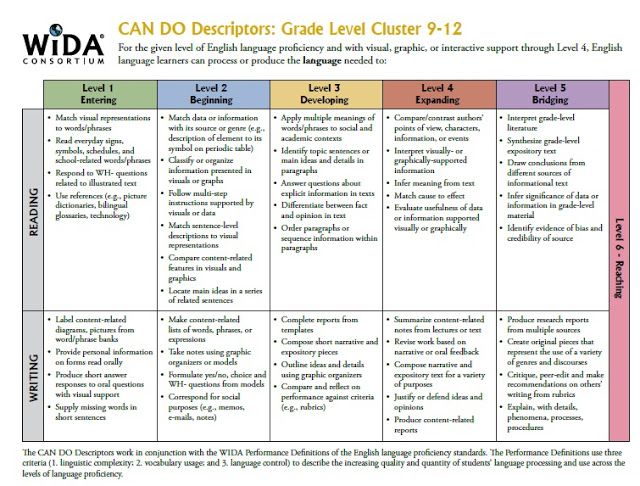 While there’s 38-40% in fourth grade that are below basic, the numbers go to sixty-eight percent that are below proficient. What is the difference between basic and proficiency?
While there’s 38-40% in fourth grade that are below basic, the numbers go to sixty-eight percent that are below proficient. What is the difference between basic and proficiency?
Dr. Grover (Russ) Whitehurst: Someone who can read at the basic level can take age appropriate text, and the assessments that we use are generally assessments based on natural texts, the sort of books that children would be assigned in the classroom. Someone who is reading at the basic level can understand the words, can answer simple questions about the factual information presented in the written text and can read with enough fluency to get through the material on time and answer questions. Students who are performing at the proficient level can go beyond that to make reasonable inferences from the material they read.
So, if the written material was about a thief and the thief stole something, someone who is reading proficiently can make inferences about what that must have felt like for the person whose materials were stolen and what the thief might do next, or why the thief was engaging in thievery to begin with.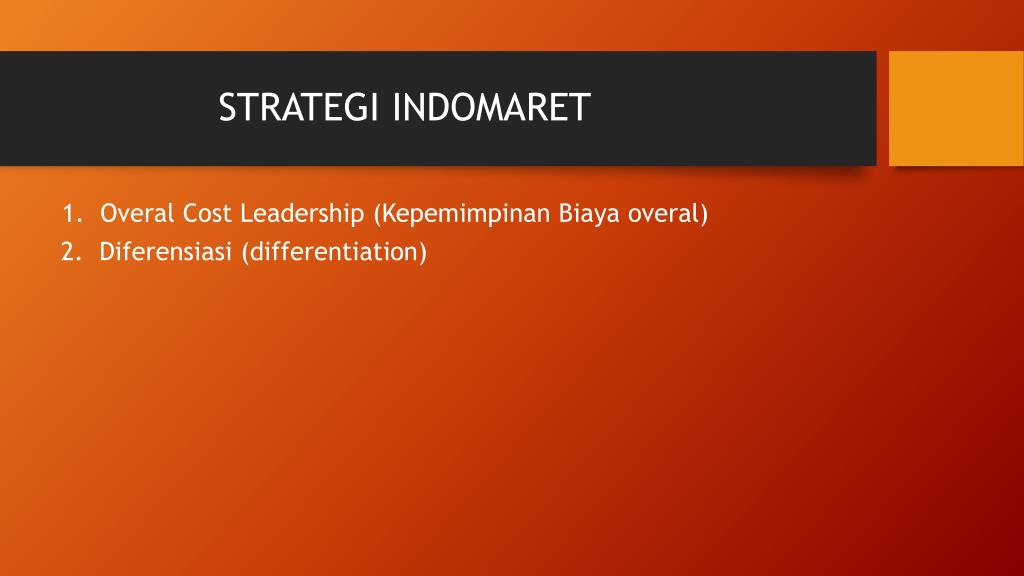 They are able to comprehend a deeper sense of the written material.
They are able to comprehend a deeper sense of the written material.
David Boulton: So, instead of a kind of instrumental or more superficial basic level, proficiency is the level we would at minimum expect or ideally like to have of kids that can actually translate what they’re reading into some kind of more vibrant, real experience.
Dr. Grover (Russ) Whitehurst: Yes, yes. The National Assessment for Education Progress, which is the assessment device that we’re talking about here, defines proficient in that way. It comes at a definition of proficiency based on a national process of collecting input from teachers and reading specialists and others and deciding what should a fourth grader know to be considered to be proficient.
What you’ve just described, which is the ability to comprehend in some sense what’s read, to go beyond that and to use the material, is the underlying definition of what it means to be proficient.
Grover (Russ) Whitehurst, Ex-Director (2002-08), Institute of Education Sciences, U.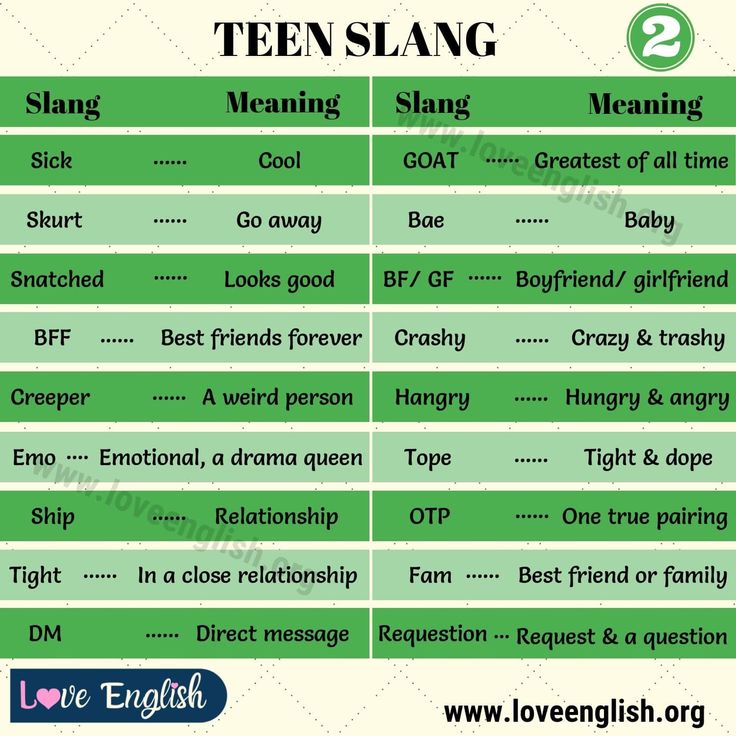 S. Department of Education. Source: COTC Interview – https://www.childrenofthecode.org/interviews/whitehurst.htm#BasicProficient
S. Department of Education. Source: COTC Interview – https://www.childrenofthecode.org/interviews/whitehurst.htm#BasicProficient
Code Processing Inefficiency Drags Comprehension
David Boulton: Related to the difference between basic and proficient, as you’ve just described it, is that ‘below basic’ is a fundamental inability to process the code and ‘below proficient’ is a less than optimal ability to translate that code processing into comprehension.
So, ‘below proficiency’ represents this less than optimal comprehension of what has been decoded in processing. There’s a number of pieces of work that I’ve encountered that suggest that though people may have ‘broken the code’, the processing efficiency related to how they’ve learned to process the code is dragging down the cognitive processing resources resulting in this drag on comprehension.
Dr. Grover (Russ) Whitehurst: Yes.
David Boulton: So, the code, while ‘breaking it’ we might say is a problem below the basic level, processing the code as a whole is central to this whole field (below basic through proficiency).
Dr. Grover (Russ) Whitehurst: Absolutely. Children who perform at the proficient level not only can understand the words that they’re reading and the paragraphs that they’re reading, in the sense of bringing to bear information from their own experience, other classes, reading, home and background to bear on what they’re reading; but they also read fluently. That means they’ve broken the code; they can turn letters into sounds at a level that doesn’t really require conscious processing anymore.
It’s like the child who has learned to ride a bicycle and really has learned to ride it. That child is not thinking about where her feet are on the pedals and how quickly she has to turn the pedals around and whether her hands are on the brake or not. That part of the process has been over learned and the child doesn’t even have to think about it anymore, and can now think about where the bicycle is going and why the trip is going to be taken and whether she should be going fast or slowly.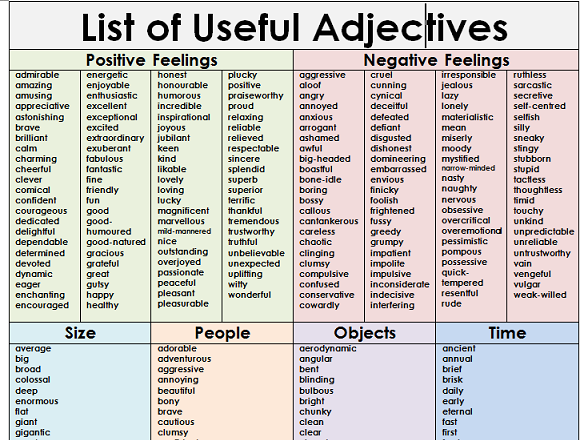
Children who have really broken the code have moved to fluency. The whole process of dealing with the code is now occupying a different section of the brain; it doesn’t require a lot of thought and allows them to go on and think about what they are exposed to, what they are reading, what’s written on the page and what it really means.
Grover (Russ) Whitehurst, Ex-Director (2002-08), Institute of Education Sciences, U.S. Department of Education. Source: COTC Interviewhttps://www.childrenofthecode.org/interviews/whitehurst.htm#CodeInefficiencyDrags
Basic vs. Proficiency
David Boulton: Let’s discuss basic and proficiency. There’s a lot of conversation out there about which of these are important to understand to use as a benchmark in talking about the dimensions of the reading problem. There are also different interpretations of what is the actual definition of these two descriptions. Do you have anything you can say about the distinction between basic and proficiency and what they mean to you?
Do you have anything you can say about the distinction between basic and proficiency and what they mean to you?
Dr. Louisa Moats: Tell me the distinction again.
David Boulton: Between being basically able to read and being proficient in reading. Right now, in the 2002 NAEP report, they’re saying eighty-eight percent of African American fourth grade children are below proficient and the average overall is sixty-four percent below proficient. What does that mean?
Dr. Louisa Moats: I think virtually it means that they avoid reading as adults and simply do not look to text as a source of information. I don’t make this public a lot, but one of the astonishing phenomenon that I encountered when I was conducting research in the Washington D.C. school system was that the adults I was working with, who often were products of that school system, who may themselves have never gotten beyond a fourth grade level but got through school somehow, they never read memos, they never sent memos, they never used the internet. The only way we ever got anything done was if I personally went around and talked to people face to face and reminded them of when we had meetings.
The only way we ever got anything done was if I personally went around and talked to people face to face and reminded them of when we had meetings.
Louisa Moats, Director, Professional Development and Research Initiatives at Sopris West Educational Services; Author, Speech to Print: Language Essentials for Teachers, Parenting a Struggling Reader, and LETRS (Language Essentials for Teachers of Reading and Spelling). Source: COTC Interview – https://www.childrenofthecode.org/interviews/moats.htm#BasicvsProficiency
Ability to read
Do modern children have the ability to read
One of the most serious ideological traps in which the modern school finds itself is the belief that the main mission and task of the school is “to give knowledge”, and the task of the student is to “receive knowledge”. But if this is true, then reading is an anachronism. Since the more all kinds of audio, video and Internet technologies develop, the less the book is needed as a “source of knowledge” and reading as a tool for “gaining knowledge”. nine0003
nine0003
However, the great secret of reading lies precisely in the fact that it provides an absolute inoculation against knowledge zombies. Reading is always a process of creating one's own knowledge at the moment of an effort to overcome the barrier of the text. Reading is the process of the author's reconstruction of what is hidden behind a row of icons, which purely visually carry absolutely nothing in themselves, but in some cunning way hold and store countless universes of other consciousnesses.
In essence, the ability to read (and not at all the ability to receive information, not the ability to "get knowledge"!) Is the main reason why the institution of the school in principle arises in human culture, and most importantly, what distinguishes an educated person from an uneducated person. A primitive man or a medieval peasant possessed gigantic volumes of information, gigantic volumes of knowledge that they received in the course of their life experience and live interaction with various living carriers of knowledge and carriers of experience.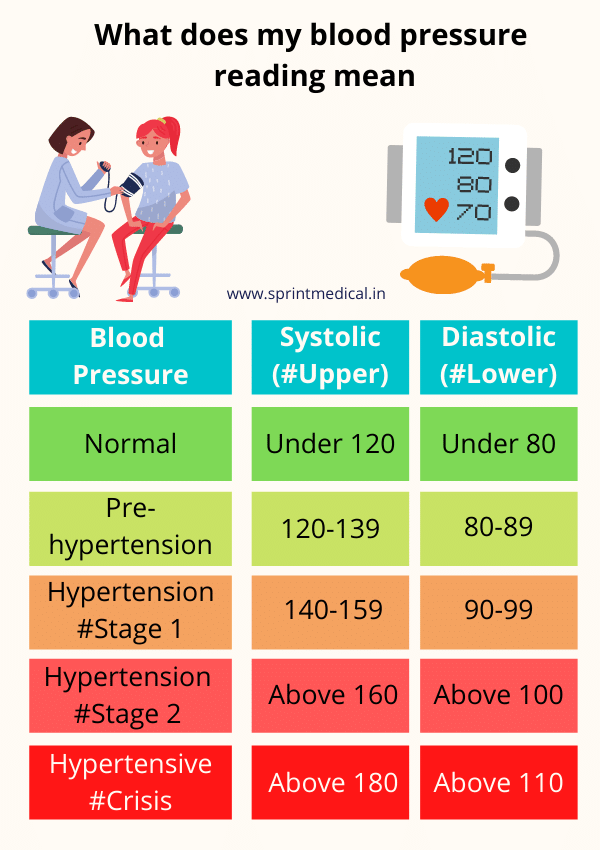 But they were deeply uneducated people precisely because they were not "people of the book", they did not have the ability to read - i.e. the ability to extract knowledge packed in a text format. The art of reading is the art of meeting another world precisely through one's own deciphering of the text. The author does not communicate directly with the reader. The author communicates with the reader through the text. And the presence of a text that separates the author and the reader implies the existence (and development) of two arts: the art of writing and the art of reading. These are the two most complex arts, which are the most important driver of the development of human culture in its civilizational, postprimitive period. nine0003
But they were deeply uneducated people precisely because they were not "people of the book", they did not have the ability to read - i.e. the ability to extract knowledge packed in a text format. The art of reading is the art of meeting another world precisely through one's own deciphering of the text. The author does not communicate directly with the reader. The author communicates with the reader through the text. And the presence of a text that separates the author and the reader implies the existence (and development) of two arts: the art of writing and the art of reading. These are the two most complex arts, which are the most important driver of the development of human culture in its civilizational, postprimitive period. nine0003
It follows from this alone that the ability to read is not at all an obvious and banal skill. A skill immeasurably more complex than the ability to put letters into words and say those words aloud. However, without understanding what is the ability to read, can we teach a child to read? And isn’t one of the reasons for the global crisis in the culture of reading happening before our eyes the fact that the school itself today does not understand very well what reading is, why it is needed, and what needs to be done so that the ability to read does not turn into a useless and archaic skill, has not become an absolute anachronism in the era of intensive development of various kinds of auditory and visual media.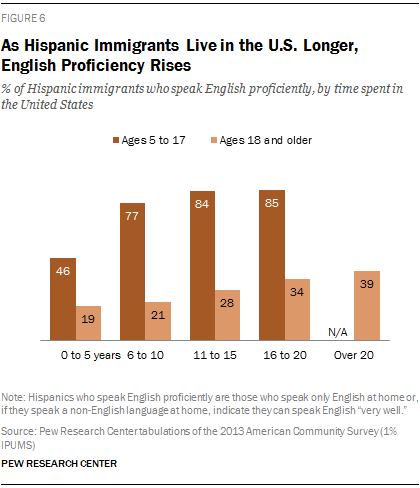 nine0003
nine0003
Because if reading is just a tool for obtaining information, a tool for extracting knowledge from various sources, the skill of reading is doomed. The intensive development of new information technologies will inevitably lead to the fact that the ability to read will become a rudimentary, atavistic skill of the outgoing educational era. And from this point of view, the focus of the school on "knowledge" is exactly what creates the most favorable environment for the complete depreciation and death of the reading skill in the near future. Why read if the latest technologies allow you to get any knowledge, any information, without making special reading efforts? And this is another fundamental challenge that the era of new information technologies throws at the school. A challenge that makes you look again at the meaning and essence of reading. And on this basis, to raise strategic questions about what and why the school should do, if it sets the same task of teaching reading.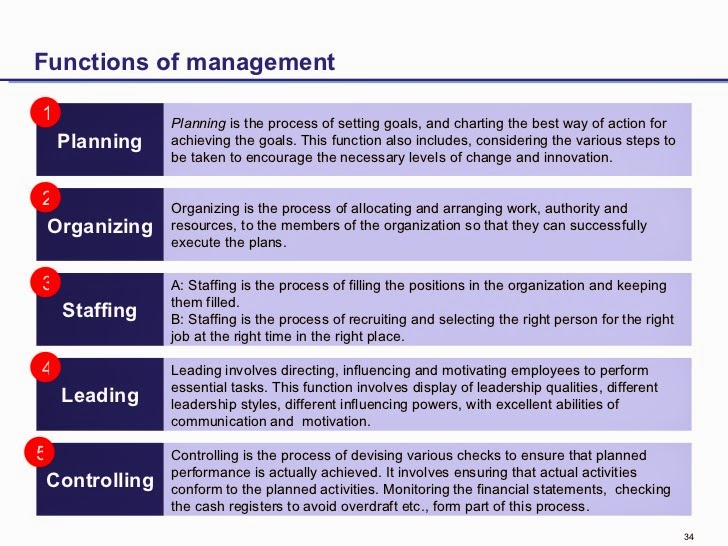 nine0003
nine0003
Let me rather boringly and boringly list the six main points on which, for me personally, the ability to read is outlined as a basic cultural skill that forms the foundation of an educated person. There is no such foundation - it is pointless to talk about education. Without the ability to read, education turns into a set of fakes and simulacra, into a huge imitation space, on which each growing up person spends an unthinkable number of hours of his precious time, and there are serious reasons to believe that in the end, for a huge number of people, the “time of education” they lived turns out to be real lost time. Time taken from life. Exactly because they never learned to read. nine0003
So. If we are able to honestly and clearly tell ourselves what reading is really about, we have a chance to take a significantly different look at what the school is doing when it tries to teach a child to read, to answer the question of why it works. schools are extremely bad, and is there anything that can be done to radically change this situation.
So, the ability to read - what is it?
1. The ability to read is the desire to read. And that is the alpha and omega of reading. If a child does not want to read, it means that he cannot read. This means that the "reading" that he was taught is imitative reading. A person who reads is a person in whom the “fire of reading” has somehow turned out to be lit. This is a person in whom the reader's drive is formed. And this is the first critical question for the modern school: to what extent does it form this reader's drive in the child, to what extent does it kindle the "fire of reading" in the child. And at the same time, the fire of ever-increasing reading. Reading more and more complex and deep, reading more and more authorial and dialogic. The presence of this fire is the main indicator that the reading for the child has taken place. A child in whom the fire of reading is kindled will not ask the question "why read?" For him, the process of reading is as natural, a “need” process as the process of breathing. A reading child does not read "for some reason", not because it will give him some bonuses and goodies in the near or distant future, but because he simply cannot help but read. Because reading is cool, it's cool, it's great. He caught some special secret, a special "trick" of reading, which makes this reading the most exciting process in the world, which cannot be replaced by any audio or video sources. Genuine reading is reading that in itself creates excitement and drive in a person. Genuine reading is when the child cannot be "pulled by the ears" from the book being read. This is when a book for some reason becomes more important than food, computer games, and even communication with peers. When a book fills a child with experiences, images and thoughts that continue to live in him for long days, or even months after the last page has closed. When you want to return to a book. When you read a book you want to read it again and again. When there is an internal dialogue with the book.
A reading child does not read "for some reason", not because it will give him some bonuses and goodies in the near or distant future, but because he simply cannot help but read. Because reading is cool, it's cool, it's great. He caught some special secret, a special "trick" of reading, which makes this reading the most exciting process in the world, which cannot be replaced by any audio or video sources. Genuine reading is reading that in itself creates excitement and drive in a person. Genuine reading is when the child cannot be "pulled by the ears" from the book being read. This is when a book for some reason becomes more important than food, computer games, and even communication with peers. When a book fills a child with experiences, images and thoughts that continue to live in him for long days, or even months after the last page has closed. When you want to return to a book. When you read a book you want to read it again and again. When there is an internal dialogue with the book. When the book becomes an internal partner, friend and interlocutor. When a book becomes a secret zone. nine0003
When the book becomes an internal partner, friend and interlocutor. When a book becomes a secret zone. nine0003
Therefore, the most ridiculous thing is to motivate a child to read with various proclamations like “a book is a source of knowledge”, “learn to read, because it will come in handy in life”, etc. The reading that has taken place is a completely self-significant process, and not at all a means for something else. And therefore, if we want to learn the art of teaching to read, we must unravel the mystery of the origin of this thirst for reading. And learn to create the conditions for this thirst to arise.
By the way: the most important, key indicator of education is precisely the formation of an educational thirst in a person. And, in particular, the reader's thirst. It is not the number of books read and information assimilated that measures the level of education, but the very fact of having an educational thirst and the severity of this thirst. Moreover, thirst in different educational areas. Consequently, the most important task that the school should set itself is not at all the task of "providing knowledge", but the task of forming in the child the most branched and most complex system of educational needs, educational thirsts. If, as a result of school acquaintance with the world of fiction, a child’s desire to read this fiction intensifies and becomes more complicated, then the school has fulfilled its main mission. If, as a result of acquaintance with certain artistic texts, the child does not have anything but the rejection of these texts, this means that the school has not solved its main task. And the same applies to other educational areas. If, as a result of mastering school history or physics, a child develops a craving for a deeper mastery of history or physics, then the school has fulfilled its most important mission: it has lit a fire in the child in these educational areas. nine0003
Consequently, the most important task that the school should set itself is not at all the task of "providing knowledge", but the task of forming in the child the most branched and most complex system of educational needs, educational thirsts. If, as a result of school acquaintance with the world of fiction, a child’s desire to read this fiction intensifies and becomes more complicated, then the school has fulfilled its main mission. If, as a result of acquaintance with certain artistic texts, the child does not have anything but the rejection of these texts, this means that the school has not solved its main task. And the same applies to other educational areas. If, as a result of mastering school history or physics, a child develops a craving for a deeper mastery of history or physics, then the school has fulfilled its most important mission: it has lit a fire in the child in these educational areas. nine0003
2. The ability to read is the art of imagining. It is the art of discovering oneself in a readable text.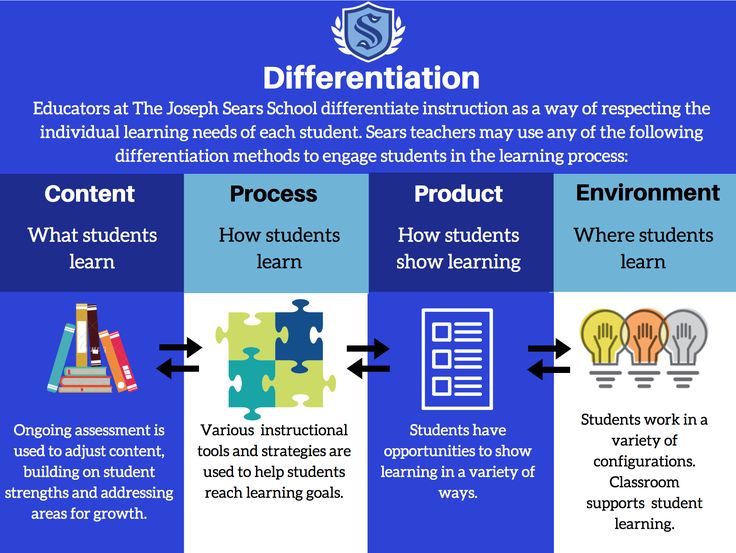 This is the art of filling the text with your feelings, thoughts and experiences. The art of filling the readable text with oneself. And above all - with their images, pictures of their imagination.
This is the art of filling the text with your feelings, thoughts and experiences. The art of filling the readable text with oneself. And above all - with their images, pictures of their imagination.
A child who has learned to read enthusiastically is a child who has mastered the art of generating his own pictures that visualize the readable text in his mind. Therefore, by the way, a reading child does not like books with pictures. A picture book inhibits the productive power of one's own imagination. Therefore, the most important task in teaching reading should not be to draw children's attention to a picture book, but to teach him this amazing game of imagination to create his own pictures. To teach a child to be a magician who can present a living picture of any readable text, and the degree of detail of this picture will depend only on the power of imaginative magic. And the most amazing thing is that each reader will have their own picture. The text is one, and there are as many pictures as there are readers. And every picture is different. Totally different. And the degree of detail, the degree of detail of imaginary pictures is the most important indicator of involvement in the reading process. nine0003
And every picture is different. Totally different. And the degree of detail, the degree of detail of imaginary pictures is the most important indicator of involvement in the reading process. nine0003
Numerous experiments that we conducted in kindergartens in Moscow and a number of other Russian cities show that this is an incredibly effective way to trigger the need to read in children. Reading does not begin with the ability to put letters into words, but with the ability to generate their own images in the process of meeting certain words and phrases. Well, already in the process of the reader's development, the art of generating one's own feelings, one's own thoughts and meanings, as well as one's own interpretations is added to the art of generating one's own images in the process of reading. And all this taken together is the actualization of one's own I in the text being read as the true foundation of reading. The key to the formation of a "human reader". nine0003
3.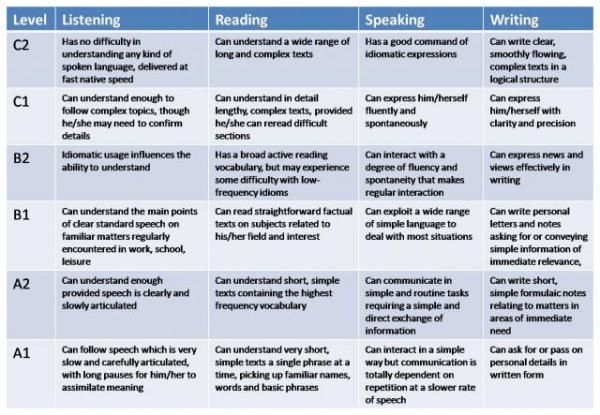 The ability to read is the art of TRAVELING FREELY in a readable text. To be the author of your personal trajectory, when not the text rules over you, but you over the text.
The ability to read is the art of TRAVELING FREELY in a readable text. To be the author of your personal trajectory, when not the text rules over you, but you over the text.
The person reading is always the master of the trajectory of his journey. He is not "slave". He does not read the book line by line, from beginning to end. He reads by jumping from one place to another, he arbitrarily changes the pace and speed of reading, slowing down on fragments that aroused in him a stream of images or feelings, and easily jumping over sentences and paragraphs that, for some reason, are nothing in him (yet !) do not respond. In fact, the reader PLAYS with the text, experiments with the text, reading it this way and that way. And at the same time, he does not feel behind his shoulder the supervising eye of an adult who controls his reading process. As soon as external control is introduced (over the speed of reading, over the order of reading, etc.), the most important component of enthusiastic reading disappears - the ability to play with the text, the ability to experiment with the text, the ability to be the master of one's reading trajectory. nine0003
nine0003
Our numerous experiments in kindergartens and schools quite convincingly prove that the right to free play with a readable text, the right to experiment with the trajectory of intratextual travel sharply activates the excitement of reading even in those children who absolutely do not like to read and read very badly. Children experience extraordinary joy when they discover that the text, it turns out, may not be a boring mentor requiring you to move in some predetermined direction (from “beginning” to “end”, without missing anything), but a playground for fun trips "upside down" and "upside down", when you have every right to "jump" through the text as you please. That you don’t have to read the text line by line and paragraph by paragraph. That you can read in any direction and in any order. And that it can be incredibly funny and interesting. And incredibly stimulating. nine0003
For example, start reading like this: close your eyes and poke your finger anywhere and see what you “fell”.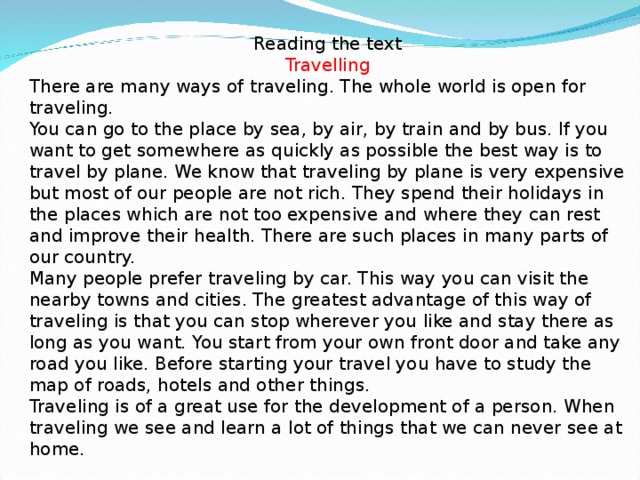 And then to another. And then the third... And then try to guess, based on the pieces that have fallen out, what the text will be about. And in the same way to "stumble" into other books .... By the way, any adult uses this “poke method” when choosing a book in a bookstore. He opens it at random in different places, reads arbitrary fragments, and on this basis decides whether this book is worth taking. A reading person always has a feeling of a master, and not a feeling of a slave in front of a book. However, when adults teach children to read, they usually do just the opposite. They do not teach the child to jump freely through books and texts, but impose a certain rigid reading script. Which is one of the reasons why a potentially interesting book causes a feeling of rejection in a child. nine0003
And then to another. And then the third... And then try to guess, based on the pieces that have fallen out, what the text will be about. And in the same way to "stumble" into other books .... By the way, any adult uses this “poke method” when choosing a book in a bookstore. He opens it at random in different places, reads arbitrary fragments, and on this basis decides whether this book is worth taking. A reading person always has a feeling of a master, and not a feeling of a slave in front of a book. However, when adults teach children to read, they usually do just the opposite. They do not teach the child to jump freely through books and texts, but impose a certain rigid reading script. Which is one of the reasons why a potentially interesting book causes a feeling of rejection in a child. nine0003
4. However, the ability to read is, of course, not only the ability to show one's subjectivity in the process of creating one's own images or building an arbitrary trajectory of travel through a readable text
This, of course, is also the ability to hear, the ability to understand the text being read.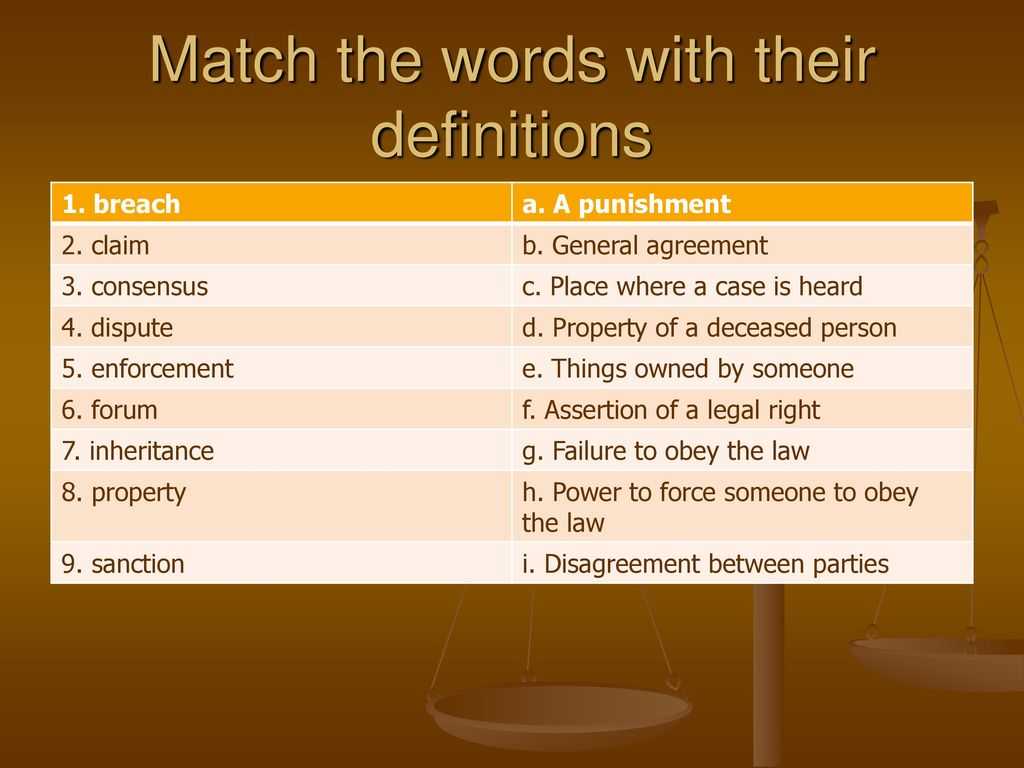 For example, the ability to adequately reconstruct what is “behind” the text is the ability to “read” the semantic and artistic images hidden in the text. The ability not just to piece by piece snatch individual words and sentences or even individual fragments from the text and understand them as your heart desires, but the art of feeling, perceiving and deciphering the holistic fabric of the text, the art of perceiving the text as a kind of integrity. In other words, the ability to read is the art of being an adequate reader. And that means to discover the interlocutor hidden behind the text - some OTHER, which, it turns out, can be understood and with whom you can enter into a dialogue. nine0003
For example, the ability to adequately reconstruct what is “behind” the text is the ability to “read” the semantic and artistic images hidden in the text. The ability not just to piece by piece snatch individual words and sentences or even individual fragments from the text and understand them as your heart desires, but the art of feeling, perceiving and deciphering the holistic fabric of the text, the art of perceiving the text as a kind of integrity. In other words, the ability to read is the art of being an adequate reader. And that means to discover the interlocutor hidden behind the text - some OTHER, which, it turns out, can be understood and with whom you can enter into a dialogue. nine0003
The great misfortune of the modern Russian school lies in the fact that it is in a hurry to impose on the child an understanding of what is behind the text, in a hurry to give ready-made keys to deciphering texts - when the very need for this deciphering has not been formed in children, and they do not understand the meaning of this deciphering . They have not yet managed to form their own, and they are already helpfully slipped "as it should be." And all this in conditions where acquaintance with this or that work of art is strictly subordinated to the neurotic race to master the "curriculum". And as a result, bundles of literary keys hastily slipped into the child's hands turn out to be meaningless and stupid rattles in his hands, and a dialogic approach to the secrets of a literary text does not occur. The text is destroyed by the imitation of analysis, and does not at all become more attractive and voluminous. So, something radically wrong is happening. Good intentions lead, as usual, to a known place. nine0003
They have not yet managed to form their own, and they are already helpfully slipped "as it should be." And all this in conditions where acquaintance with this or that work of art is strictly subordinated to the neurotic race to master the "curriculum". And as a result, bundles of literary keys hastily slipped into the child's hands turn out to be meaningless and stupid rattles in his hands, and a dialogic approach to the secrets of a literary text does not occur. The text is destroyed by the imitation of analysis, and does not at all become more attractive and voluminous. So, something radically wrong is happening. Good intentions lead, as usual, to a known place. nine0003
Generally speaking, it is impossible to form in a child the ability for productive understanding and analytical perception of a literary text in a race for speed. To master the art of adequate understanding, you need painstaking and slow work on small islands of literary texts. And any haste is contraindicated here.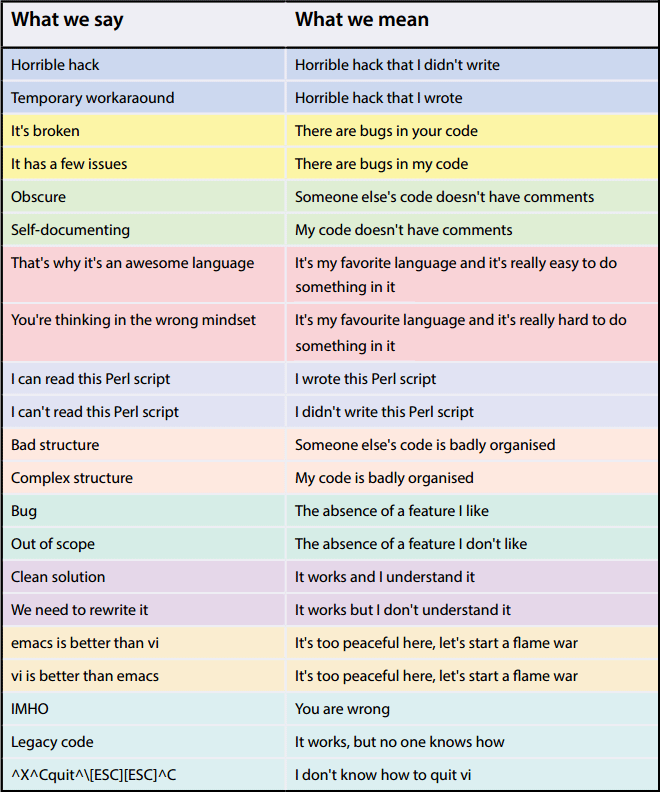 And in any case, understanding cannot be imposed. The trajectory of understanding cannot be the same for everyone. Reconstruction of the author's image and author's thought requires the work of a slow ascent to the other, and not a hasty answer to the naive-frontal question "what did the author want to say?". nine0003
And in any case, understanding cannot be imposed. The trajectory of understanding cannot be the same for everyone. Reconstruction of the author's image and author's thought requires the work of a slow ascent to the other, and not a hasty answer to the naive-frontal question "what did the author want to say?". nine0003
That is why, in our work with children in kindergartens and elementary schools, we begin with those arbitrary image-pictures that the children themselves produce. And then we add new details of the text - and see how the original image-picture is corrected. And we do not regret the time for this exciting game. After all, the task is not at all for the child to answer the question "what did the author want to say?" or other quite stupid "methodological" questions that are usually asked to answer children after reading a particular text fragment. No, the most important task from our point of view should be that the child learns to correct his inner picture in the process of reading the text.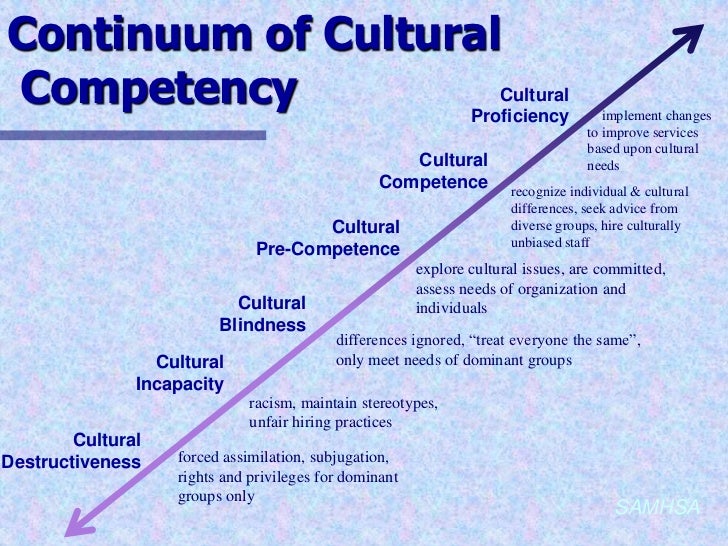 And in fact, this is a very exciting task, similar to completing a quest or putting together a puzzle. I read the text, filling it with my imagination, but at the same time I don’t go on a free, imaginative journey torn off from the text (although at some moments this is possible: how exciting it is to compose your own offshoots of the book you read, to come up with its alternative versions! ), but I am constantly adjusting my original image. New details of the text appear - and these details make their own adjustments to my imaginative picture. This is the process of understanding, the process of dialogue in its primary form. And our experiments with children of preschool and primary school age show that the process of understanding can be incredibly exciting for a child. It turns out that it is incredibly interesting to notice how the appearance of some new textual details makes adjustments to the inner picture that my imagination paints. And if I fit all the details of the text into my inner picture, it means that I perceived the text adequately.
And in fact, this is a very exciting task, similar to completing a quest or putting together a puzzle. I read the text, filling it with my imagination, but at the same time I don’t go on a free, imaginative journey torn off from the text (although at some moments this is possible: how exciting it is to compose your own offshoots of the book you read, to come up with its alternative versions! ), but I am constantly adjusting my original image. New details of the text appear - and these details make their own adjustments to my imaginative picture. This is the process of understanding, the process of dialogue in its primary form. And our experiments with children of preschool and primary school age show that the process of understanding can be incredibly exciting for a child. It turns out that it is incredibly interesting to notice how the appearance of some new textual details makes adjustments to the inner picture that my imagination paints. And if I fit all the details of the text into my inner picture, it means that I perceived the text adequately.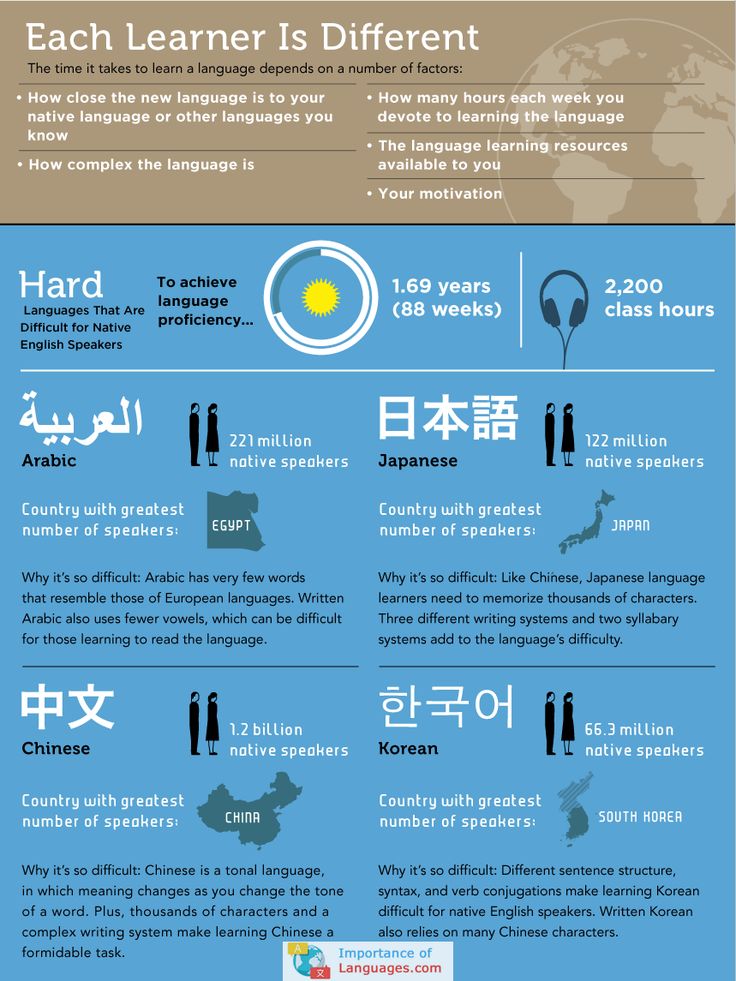 And if the value of adequate reading is already formed in me at an early age, this becomes the basis for understanding in the future how qualitative literary analysis works as a special tool for understanding and intellectual reconstruction of the text. nine0003
And if the value of adequate reading is already formed in me at an early age, this becomes the basis for understanding in the future how qualitative literary analysis works as a special tool for understanding and intellectual reconstruction of the text. nine0003
5. Also, the ability to read is the art of feeling the language and style, the art of enjoying the aesthetics of the text being read, the art of feeling the poetics and beauty of the language in which the text is written
The most important characteristic of a real, successful reader is that he knows how to enjoy the language. He knows how to live the book as a special artistic space. He knows the art of aesthetic pleasure. And this art can also be formed at the earliest stages of the reader's development. In our experiments, it was shown that for a child of preschool and primary school age, the game of recognizing the author's style and author's language can be extremely interesting. And this is another text game that helps stimulate the inner reader. One and the same story can be described in a completely different language. The same story can be told in a completely different style. It turns out that the book is not just a story about something. It is a story written in one way or another, with the help of one language or another. And it is interesting that in our experiments, children who had just learned to read, with great pleasure, were engaged in games to recognize different styles, different languages. It turns out that it is incredibly exciting when the plot of the story does not change one iota, but the language and art style with which the story is told changes radically. nine0003
One and the same story can be described in a completely different language. The same story can be told in a completely different style. It turns out that the book is not just a story about something. It is a story written in one way or another, with the help of one language or another. And it is interesting that in our experiments, children who had just learned to read, with great pleasure, were engaged in games to recognize different styles, different languages. It turns out that it is incredibly exciting when the plot of the story does not change one iota, but the language and art style with which the story is told changes radically. nine0003
Ultimately, the most important indicator of an accomplished reader is that he begins to look for books not in terms of plot or genre, but in terms of artistic style and quality of language. He begins to distinguish artistically “tasty” books from artistically tasteless ones, he forms in himself what can be called an “artistic navigator” or “artistic scent” - something that allows you to navigate the sea of literature from the standpoint of taste. And, by the way, the formation of such an internal artistic navigator can be regarded as the highest result of school literary education. If anything should be tested based on the results of school literary education, then this is precisely how this internal aesthetic navigator turned out to be formed in the child. After all, if such a navigator has not been formed at all, this means that the years that have gone to the “study” of the school literature course turned out to be mediocrely thrown away by time. The inner reader did not take place, and the book was reduced to "fiction", in which only the plot is interesting, but not the language and not the artistic space. If the child had a taste for language and a craving for language, if a sense of artistic style and a craving for artistically complex and rich works turned out to be formed, then literary education took place - regardless of how many authors were “passed through” and how many mastered artistic works. nine0003
And, by the way, the formation of such an internal artistic navigator can be regarded as the highest result of school literary education. If anything should be tested based on the results of school literary education, then this is precisely how this internal aesthetic navigator turned out to be formed in the child. After all, if such a navigator has not been formed at all, this means that the years that have gone to the “study” of the school literature course turned out to be mediocrely thrown away by time. The inner reader did not take place, and the book was reduced to "fiction", in which only the plot is interesting, but not the language and not the artistic space. If the child had a taste for language and a craving for language, if a sense of artistic style and a craving for artistically complex and rich works turned out to be formed, then literary education took place - regardless of how many authors were “passed through” and how many mastered artistic works. nine0003
By the way, only if a child has a sense of language and a sense of the aesthetics of a literary text, he will be ready to enjoy more and more artistic discoveries, will be ready to meet new and unusual artistic worlds, will be ready for dialogue with actual literary process, which is also the most important criterion of the "reader". A person who reads is a person who does not waste his precious time reading waste book paper, but is open to meeting new artistic worlds. nine0003
A person who reads is a person who does not waste his precious time reading waste book paper, but is open to meeting new artistic worlds. nine0003
6. The ability to read is the art of rummaging through books, the ability to filter the flow of books and, ultimately, the art of creating your personal library as a mirror of your personality
Let me explain what I mean. The library, in the sense in which I speak of it here, is not at all a number of books displayed on the home bookshelves. I'm talking about the library as an intrapersonal process. About the process that accompanies an educated person throughout his life. A library in which books are constantly rearranged and sorted. On the shelves of this intrapersonal library are, first of all, of course, books read and viewed; at the same time, there is a constant change in the rating of these books throughout life. Something that was once incredibly captivating and seemed overvalued, suddenly loses its position, and something suddenly comes to the fore.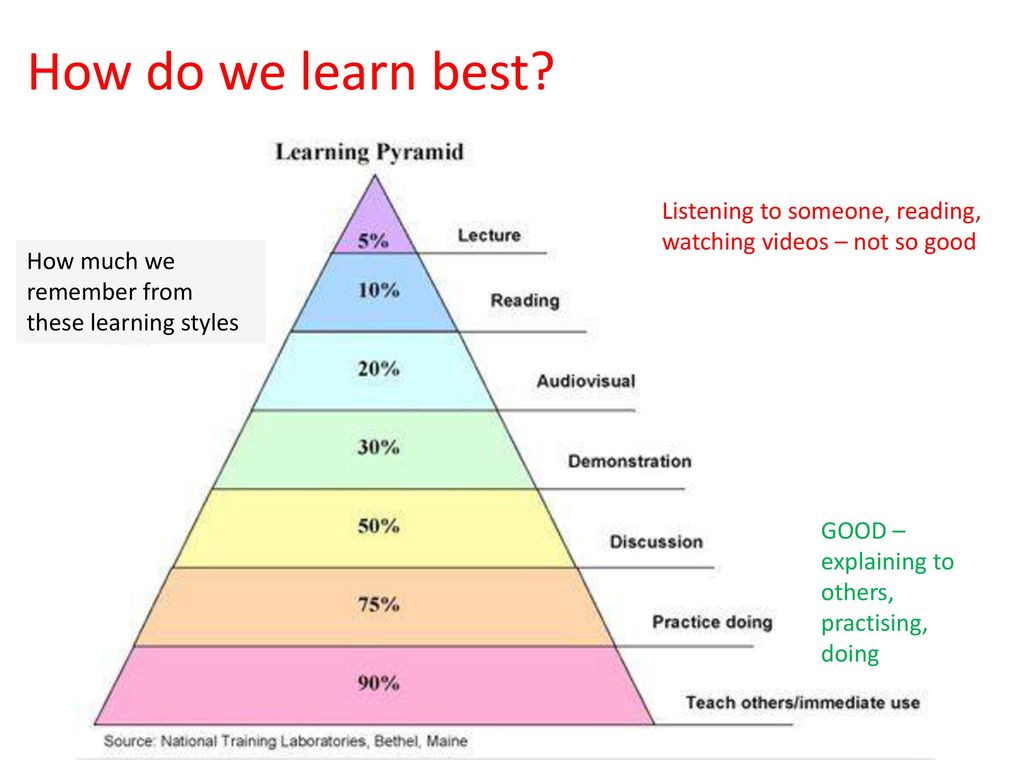 A book that once did not touch anything at all suddenly becomes a book of the first magnitude ... A person who reads is a person who is busy all the time - often unconsciously! - ordering and reordering books on these intrapersonal shelves. Moreover, the most important thing in the intrapersonal library is not even those books that have already been read, but those that you want to read. And in any case, the length of certain rack shelves and their content is the most important indicator of education. nine0003
A book that once did not touch anything at all suddenly becomes a book of the first magnitude ... A person who reads is a person who is busy all the time - often unconsciously! - ordering and reordering books on these intrapersonal shelves. Moreover, the most important thing in the intrapersonal library is not even those books that have already been read, but those that you want to read. And in any case, the length of certain rack shelves and their content is the most important indicator of education. nine0003
But an even more important indicator is the dynamics of this internal library. The more developed a reader is in a person, the more mobile his internal library is, the more actively the ordering and reordering of this book wealth takes place, the more alive this internal library space is. Tastes, assessments, predilections, guidelines, preferences change. The vectors of book excitement are changing, manifested in what a person is ready to spend money on (at least mentally!) When he comes to a bookstore or what books he is ready to order when he comes to a public library.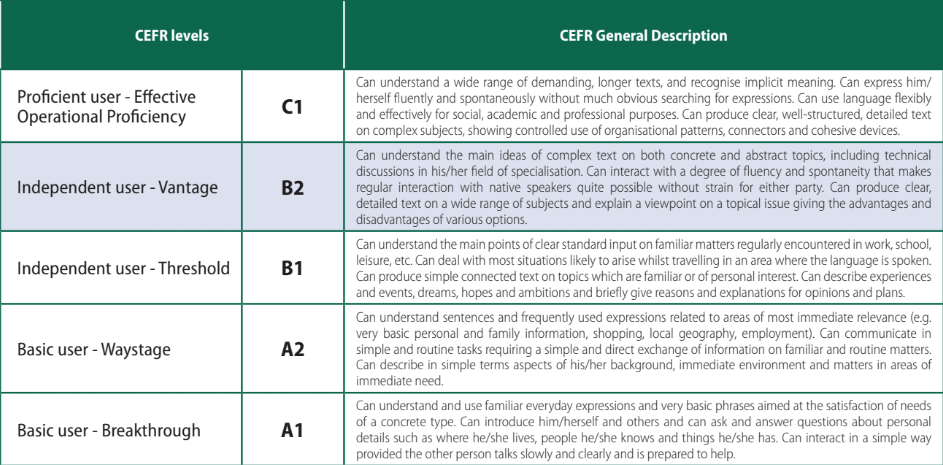 One thing is certain: the space and life of this intrapersonal library is the most important indicator of education. nine0003
One thing is certain: the space and life of this intrapersonal library is the most important indicator of education. nine0003
However, what is noteworthy is that the school does not cultivate this skill in the child at all: the skill to create, organize and develop his personal internal library. School literary education offers a single, and, therefore, fundamentally impersonal library of so-called "program" works. And this is a gigantic, strategic mistake, as a result of which the vast majority of students never learn to be "internal librarians", do not master the art of bibliodriving - gambling and personal search in the endless world of books. And this is also one of the reasons why a huge number of school graduates never develop the ability to read. And vice versa: when in our numerous experiments we launched numerous biblio-driving games (games aimed at learning to “dig through” books and arrange them according to a variety of arbitrary grounds), starting from the senior groups of the kindergarten and ending with the senior classes of the secondary school , children definitely developed a steady and high-quality motivation to read, as well as a desire to dig and travel in various living library spaces. nine0003
nine0003
Ability to read
One of the most serious ideological traps in which the modern school finds itself is the belief that the main mission and task of the school is “to give knowledge”, and the task of the student is to “receive knowledge”. But if this is true, then reading is an anachronism. Since the more all kinds of audio, video and Internet technologies develop, the less the book is needed as a “source of knowledge” and reading as a tool for “gaining knowledge”.
However, the great secret of reading lies precisely in the fact that it provides an absolute inoculation against knowledge zombies. Reading is always a process of creating one's own knowledge at the moment of an effort to overcome the barrier of the text. Reading is the process of the author's reconstruction of what is hidden behind a row of icons, which purely visually carry absolutely nothing in themselves, but in some cunning way hold and store countless universes of other consciousnesses. nine0003
In essence, the ability to read (and not at all the ability to receive information, not the ability to "get knowledge"!) Is the main reason why the institution of a school in principle arises in human culture, and most importantly, what distinguishes an educated person from an uneducated person .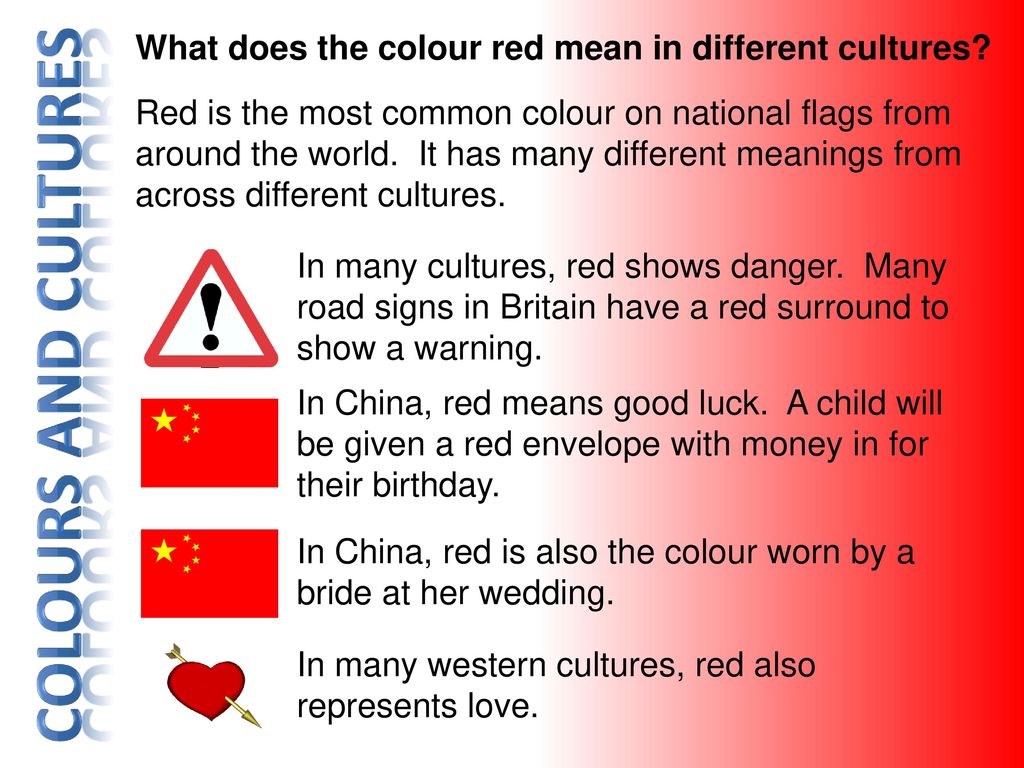 A primitive man or a medieval peasant possessed gigantic volumes of information, gigantic volumes of knowledge that they received in the course of their life experience and live interaction with various living carriers of knowledge and carriers of experience. But they were deeply uneducated people precisely because they were not "people of the book", they did not have the ability to read - i.e. the ability to extract knowledge packed in a text format. The art of reading is the art of meeting another world precisely through one's own deciphering of the text. The author does not communicate directly with the reader. The author communicates with the reader through the text. And the presence of a text that separates the author and the reader implies the existence (and development) of two arts: the art of writing and the art of reading. These are the two most complex arts, which are the most important driver of the development of human culture in its civilizational, postprimitive period. nine0003
A primitive man or a medieval peasant possessed gigantic volumes of information, gigantic volumes of knowledge that they received in the course of their life experience and live interaction with various living carriers of knowledge and carriers of experience. But they were deeply uneducated people precisely because they were not "people of the book", they did not have the ability to read - i.e. the ability to extract knowledge packed in a text format. The art of reading is the art of meeting another world precisely through one's own deciphering of the text. The author does not communicate directly with the reader. The author communicates with the reader through the text. And the presence of a text that separates the author and the reader implies the existence (and development) of two arts: the art of writing and the art of reading. These are the two most complex arts, which are the most important driver of the development of human culture in its civilizational, postprimitive period. nine0003
It follows from this alone that the ability to read is by no means an obvious and banal skill.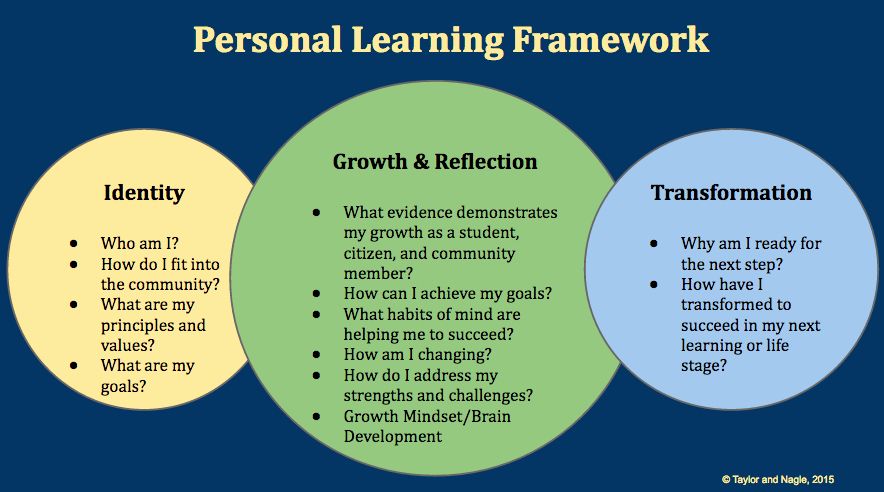 A skill immeasurably more complex than the ability to put letters into words and say those words aloud. However, without understanding what is the ability to read, can we teach a child to read? And isn’t one of the reasons for the global crisis in the culture of reading happening before our eyes the fact that the school itself today does not understand very well what reading is, why it is needed, and what needs to be done so that the ability to read does not turn into a useless and archaic skill, has not become an absolute anachronism in the era of intensive development of various kinds of auditory and visual media. nine0003
A skill immeasurably more complex than the ability to put letters into words and say those words aloud. However, without understanding what is the ability to read, can we teach a child to read? And isn’t one of the reasons for the global crisis in the culture of reading happening before our eyes the fact that the school itself today does not understand very well what reading is, why it is needed, and what needs to be done so that the ability to read does not turn into a useless and archaic skill, has not become an absolute anachronism in the era of intensive development of various kinds of auditory and visual media. nine0003
Because if reading is just a tool for obtaining information, a tool for extracting knowledge from various sources, the skill of reading is doomed. The intensive development of new information technologies will inevitably lead to the fact that the ability to read will become a rudimentary, atavistic skill of the outgoing educational era. And from this point of view, the focus of the school on "knowledge" is exactly what creates the most favorable environment for the complete depreciation and death of the reading skill in the near future.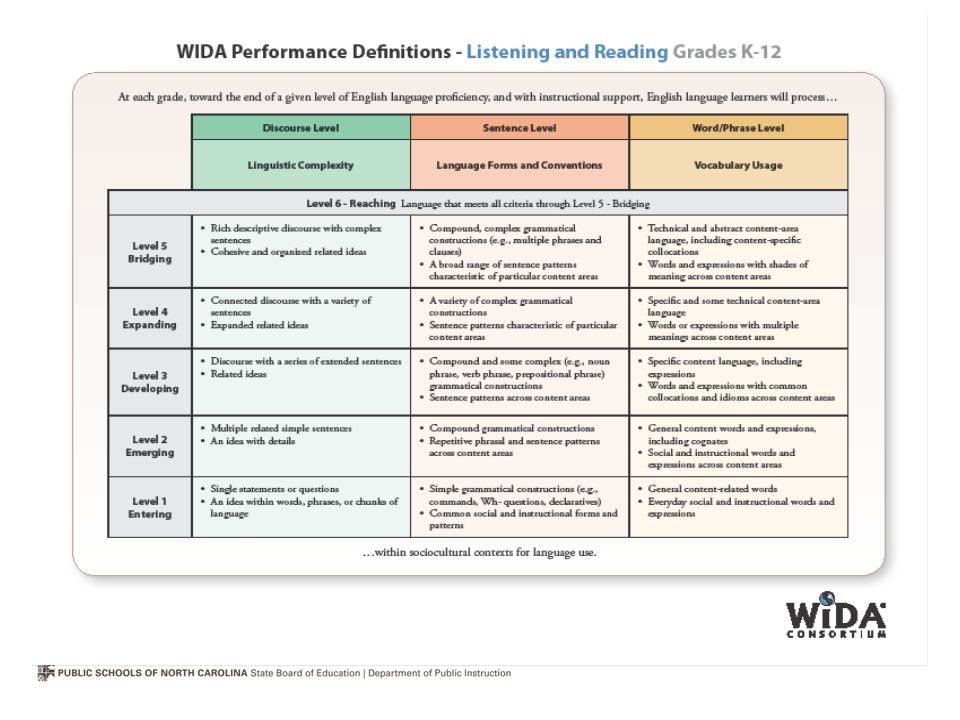 Why read if the latest technologies allow you to get any knowledge, any information, without making special reading efforts? And this is another fundamental challenge that the era of new information technologies throws at the school. A challenge that makes you look again at the meaning and essence of reading. And on this basis, to raise strategic questions about what and why the school should do, if it sets the same task of teaching reading. nine0003
Why read if the latest technologies allow you to get any knowledge, any information, without making special reading efforts? And this is another fundamental challenge that the era of new information technologies throws at the school. A challenge that makes you look again at the meaning and essence of reading. And on this basis, to raise strategic questions about what and why the school should do, if it sets the same task of teaching reading. nine0003
Let me list, rather boringly and boringly, six main points on which, for me personally, the ability to read is outlined as a basic cultural skill that forms the foundation of an educated person. There is no such foundation - it is pointless to talk about education. Without the ability to read, education turns into a set of fakes and simulacra, into a huge imitation space, on which each growing up person spends an unthinkable number of hours of his precious time, and there are serious reasons to believe that in the end, for a huge number of people, the “time of education” they lived turns out to be real lost time.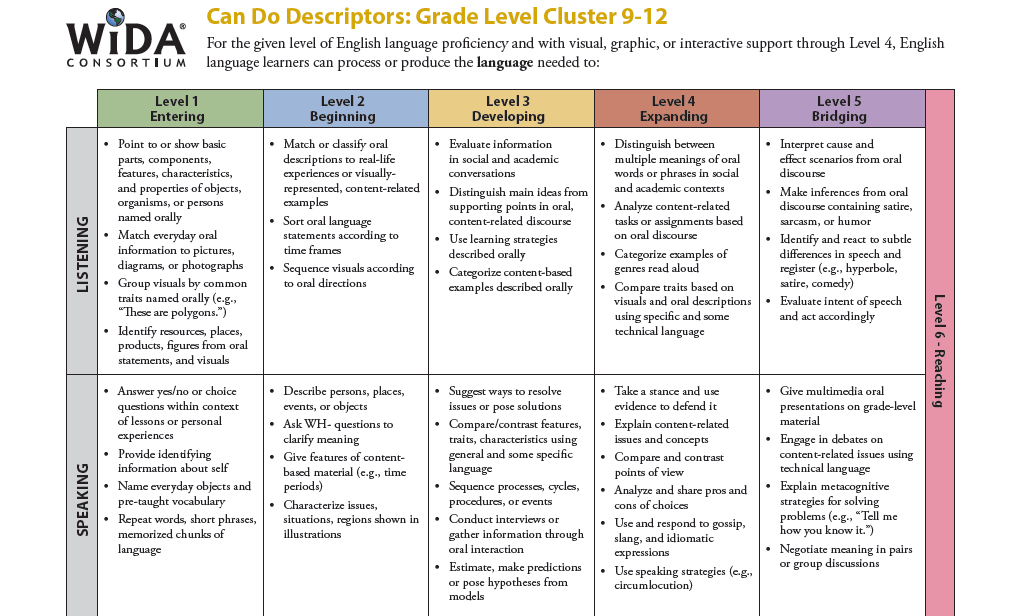 Time taken from life. Exactly because they never learned to read. nine0003
Time taken from life. Exactly because they never learned to read. nine0003
Well, that's it. If we are able to honestly and clearly tell ourselves what reading is really about, we have a chance to take a significantly different look at what the school is doing when it tries to teach a child to read, to answer the question of why it works. schools are extremely bad, and is there anything that can be done to radically change this situation.
So, the ability to read - what is it?
1. The ability to read is the desire to read. And that is the alpha and omega of reading. If a child does not want to read, it means that he cannot read. This means that the "reading" that he was taught is imitative reading. A person who reads is a person in whom the “fire of reading” has somehow turned out to be lit. This is a person in whom the reader's drive is formed. And this is the first critical question for the modern school: to what extent does it form this reader's drive in the child, to what extent does it kindle the "fire of reading" in the child.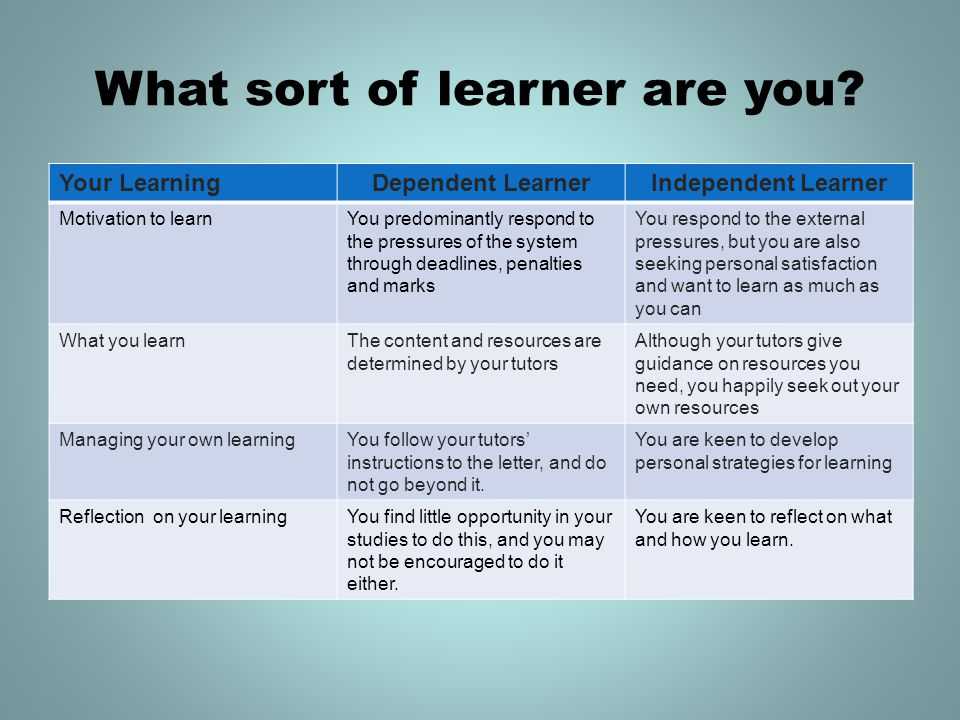 And at the same time, the fire of ever-increasing reading. Reading more and more complex and deep, reading more and more authorial and dialogic. The presence of this fire is the main indicator that the reading for the child has taken place. A child in whom the fire of reading is kindled will not ask the question "why read?" For him, the process of reading is as natural, a “need” process as the process of breathing. A reading child does not read "for some reason", not because it will give him some bonuses and goodies in the near or distant future, but because he simply cannot help but read. Because reading is cool, it's cool, it's great. He caught some special secret, a special "trick" of reading, which makes this reading the most exciting process in the world, which cannot be replaced by any audio or video sources. Genuine reading is reading that in itself creates excitement and drive in a person. Genuine reading is when the child cannot be "pulled by the ears" from the book being read.
And at the same time, the fire of ever-increasing reading. Reading more and more complex and deep, reading more and more authorial and dialogic. The presence of this fire is the main indicator that the reading for the child has taken place. A child in whom the fire of reading is kindled will not ask the question "why read?" For him, the process of reading is as natural, a “need” process as the process of breathing. A reading child does not read "for some reason", not because it will give him some bonuses and goodies in the near or distant future, but because he simply cannot help but read. Because reading is cool, it's cool, it's great. He caught some special secret, a special "trick" of reading, which makes this reading the most exciting process in the world, which cannot be replaced by any audio or video sources. Genuine reading is reading that in itself creates excitement and drive in a person. Genuine reading is when the child cannot be "pulled by the ears" from the book being read. This is when a book for some reason becomes more important than food, computer games, and even communication with peers. When a book fills a child with experiences, images and thoughts that continue to live in him for long days, or even months after the last page has closed. When you want to return to a book. When you read a book you want to read it again and again. When there is an internal dialogue with the book. When the book becomes an internal partner, friend and interlocutor. When a book becomes a secret zone. nine0003
This is when a book for some reason becomes more important than food, computer games, and even communication with peers. When a book fills a child with experiences, images and thoughts that continue to live in him for long days, or even months after the last page has closed. When you want to return to a book. When you read a book you want to read it again and again. When there is an internal dialogue with the book. When the book becomes an internal partner, friend and interlocutor. When a book becomes a secret zone. nine0003
Therefore, the most ridiculous thing is to motivate a child to read with various proclamations such as “a book is a source of knowledge”, “learn to read, because it will come in handy in life”, etc. The reading that has taken place is a completely self-significant process, and not at all a means for something else. And therefore, if we want to learn the art of teaching to read, we must unravel the mystery of the origin of this thirst for reading. And learn to create the conditions for this thirst to arise.
By the way: the most important, key indicator of education is precisely the formation of an educational thirst in a person. And, in particular, the reader's thirst. It is not the number of books read and information assimilated that measures the level of education, but the very fact of having an educational thirst and the severity of this thirst. Moreover, thirst in different educational areas. Consequently, the most important task that the school should set itself is not at all the task of "providing knowledge", but the task of forming in the child the most branched and most complex system of educational needs, educational thirsts. If, as a result of school acquaintance with the world of fiction, a child’s desire to read this fiction intensifies and becomes more complicated, then the school has fulfilled its main mission. If, as a result of acquaintance with certain artistic texts, the child does not have anything but the rejection of these texts, this means that the school has not solved its main task.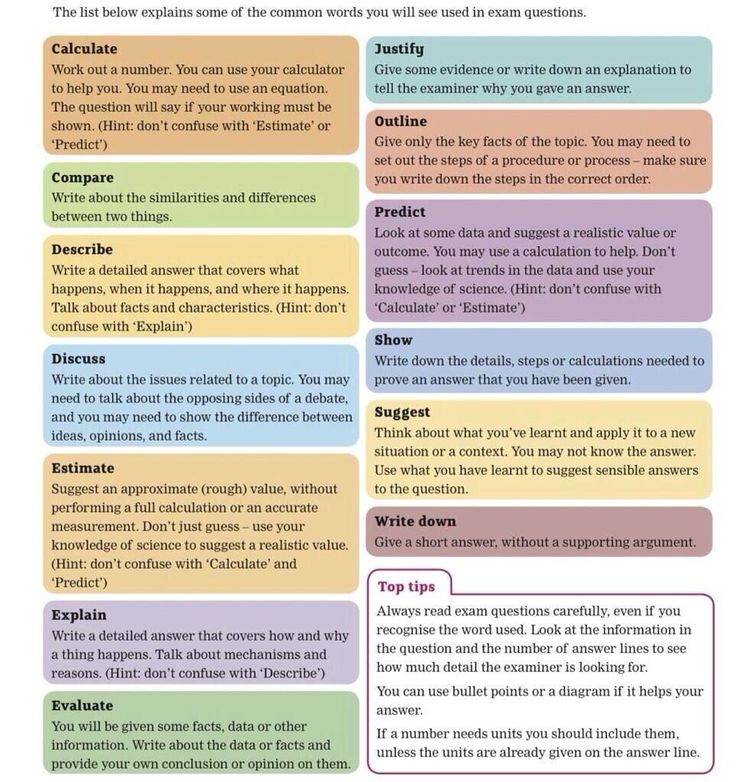 And the same applies to other educational areas. If, as a result of mastering school history or physics, a child develops a craving for a deeper mastery of history or physics, then the school has fulfilled its most important mission: it has lit a fire in the child in these educational areas. nine0003
And the same applies to other educational areas. If, as a result of mastering school history or physics, a child develops a craving for a deeper mastery of history or physics, then the school has fulfilled its most important mission: it has lit a fire in the child in these educational areas. nine0003
2. Reading is the art of imagination. It is the art of discovering oneself in a readable text. This is the art of filling the text with your feelings, thoughts and experiences. The art of filling the readable text with oneself. And above all - with their images, pictures of their imagination.
A child who has learned to read enthusiastically is a child who has mastered the art of generating his own pictures that visualize the readable text in his mind. Therefore, by the way, a reading child does not like books with pictures. A picture book inhibits the productive power of one's own imagination. Therefore, the most important task in teaching reading should not be to draw children's attention to a picture book, but to teach him this amazing game of imagination to create his own pictures. To teach a child to be a magician who can present a living picture of any readable text, and the degree of detail of this picture will depend only on the power of imaginative magic. And the most amazing thing is that each reader will have their own picture. The text is one, and there are as many pictures as there are readers. And every picture is different. Totally different. And the degree of detail, the degree of detail of imaginary pictures is the most important indicator of involvement in the reading process. nine0003
To teach a child to be a magician who can present a living picture of any readable text, and the degree of detail of this picture will depend only on the power of imaginative magic. And the most amazing thing is that each reader will have their own picture. The text is one, and there are as many pictures as there are readers. And every picture is different. Totally different. And the degree of detail, the degree of detail of imaginary pictures is the most important indicator of involvement in the reading process. nine0003
Numerous experiments that we conducted in kindergartens in Moscow and a number of other Russian cities show that this is an incredibly effective way to trigger the need to read in children. Reading does not begin with the ability to put letters into words, but with the ability to generate their own images in the process of meeting certain words and phrases. Well, already in the process of the reader's development, the art of generating one's own feelings, one's own thoughts and meanings, as well as one's own interpretations is added to the art of generating one's own images in the process of reading. And all this taken together is the actualization of one's own I in the text being read as the true foundation of reading. The key to the formation of a "human reader". nine0003
And all this taken together is the actualization of one's own I in the text being read as the true foundation of reading. The key to the formation of a "human reader". nine0003
3. Reading is the art of TRAVELING FREELY in a readable text. To be the author of your personal trajectory, when not the text rules over you, but you over the text.
A person who reads is always the master of the trajectory of his journey. He is not "slave". He does not read the book line by line, from beginning to end. He reads by jumping from one place to another, he arbitrarily changes the pace and speed of reading, slowing down on fragments that aroused in him a stream of images or feelings, and easily jumping over sentences and paragraphs that, for some reason, are nothing in him (yet !) do not respond. In fact, the reader PLAYS with the text, experiments with the text, reading it this way and that way. And at the same time, he does not feel behind his shoulder the supervising eye of an adult who controls his reading process.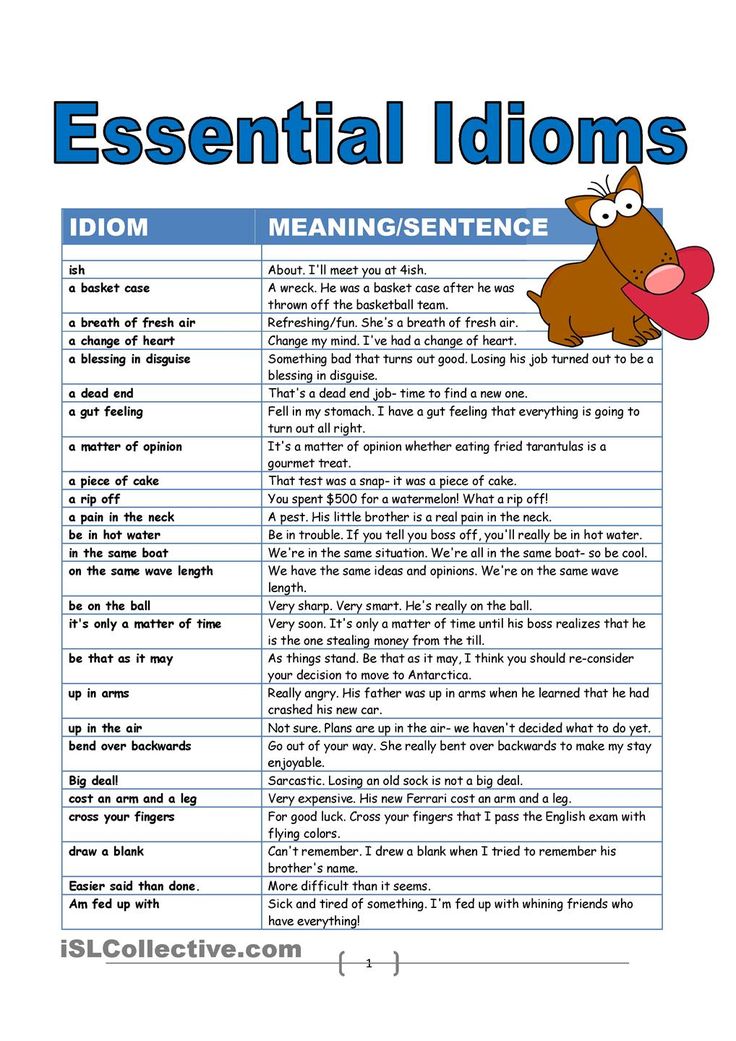 As soon as external control is introduced (over the speed of reading, over the order of reading, etc.), the most important component of enthusiastic reading disappears - the ability to play with the text, the ability to experiment with the text, the ability to be the master of one's reading trajectory. nine0003
As soon as external control is introduced (over the speed of reading, over the order of reading, etc.), the most important component of enthusiastic reading disappears - the ability to play with the text, the ability to experiment with the text, the ability to be the master of one's reading trajectory. nine0003
Our numerous experiments in kindergartens and schools quite convincingly prove that the right to play freely with a readable text, the right to experiment with the trajectory of intratextual travel sharply activates the excitement of reading even in those children who absolutely do not like to read and read very badly. Children experience extraordinary joy when they discover that the text, it turns out, may not be a boring mentor requiring you to move in some predetermined direction (from “beginning” to “end”, without missing anything), but a playground for fun trips "upside down" and "upside down", when you have every right to "jump" through the text as you please. That you don’t have to read the text line by line and paragraph by paragraph. That you can read in any direction and in any order. And that it can be incredibly funny and interesting. And incredibly stimulating. nine0003
That you can read in any direction and in any order. And that it can be incredibly funny and interesting. And incredibly stimulating. nine0003
For example, start reading like this: close your eyes and poke your finger anywhere and see what you “fell”. And then to another. And then the third... And then try to guess, based on the pieces that have fallen out, what the text will be about. And in the same way to "stumble" into other books .... By the way, any adult uses this “poke method” when choosing a book in a bookstore. He opens it at random in different places, reads arbitrary fragments, and on this basis decides whether this book is worth taking. A reading person always has a feeling of a master, and not a feeling of a slave in front of a book. However, when adults teach children to read, they usually do just the opposite. They do not teach the child to jump freely through books and texts, but impose a certain rigid reading script. Which is one of the reasons why a potentially interesting book causes a feeling of rejection in a child. nine0003
nine0003
4. However, the ability to read is, of course, not only the ability to show one's subjectivity in the process of creating one's own images or building an arbitrary trajectory of travel through a readable text
This, of course, is also the ability to hear, the ability to understand a readable text. For example, the ability to adequately reconstruct what is “behind” the text is the ability to “read” the semantic and artistic images hidden in the text. The ability not just to piece by piece snatch individual words and sentences or even individual fragments from the text and understand them as your heart desires, but the art of feeling, perceiving and deciphering the holistic fabric of the text, the art of perceiving the text as a kind of integrity. In other words, the ability to read is the art of being an adequate reader. And that means to discover the interlocutor hidden behind the text - some OTHER, which, it turns out, can be understood and with whom you can enter into a dialogue.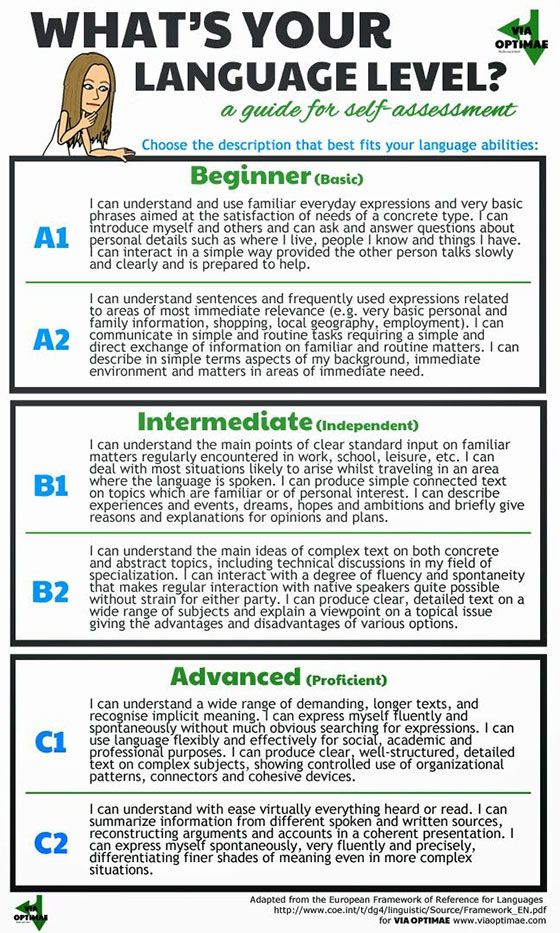 nine0003
nine0003
The great misfortune of the modern Russian school is that it is in a hurry to impose on the child an understanding of what is behind the text, it is in a hurry to give ready-made keys to decipher texts - when the need for this decipherment is not formed in children, and they do not understand the meaning this decryption. They have not yet managed to form their own, and they are already helpfully slipped "as it should be." And all this in conditions where acquaintance with this or that work of art is strictly subordinated to the neurotic race to master the "curriculum". And as a result, bundles of literary keys hastily slipped into the child's hands turn out to be meaningless and stupid rattles in his hands, and a dialogic approach to the secrets of a literary text does not occur. The text is destroyed by the imitation of analysis, and does not at all become more attractive and voluminous. So, something radically wrong is happening. Good intentions lead, as usual, to a known place. nine0003
nine0003
Generally speaking, it is impossible to form in a child the ability for productive understanding and analytical perception of a literary text in a race for speed. To master the art of adequate understanding, you need painstaking and slow work on small islands of literary texts. And any haste is contraindicated here. And in any case, understanding cannot be imposed. The trajectory of understanding cannot be the same for everyone. Reconstruction of the author's image and author's thought requires the work of a slow ascent to the other, and not a hasty answer to the naive-frontal question "what did the author want to say?". nine0003
That is why, in our work with kindergarten and elementary school children, we begin with those arbitrary image-pictures that the children themselves produce. And then we add new details of the text - and see how the original image-picture is corrected. And we do not regret the time for this exciting game. After all, the task is not at all for the child to answer the question "what did the author want to say?" or other quite stupid "methodological" questions that are usually asked to answer children after reading a particular text fragment.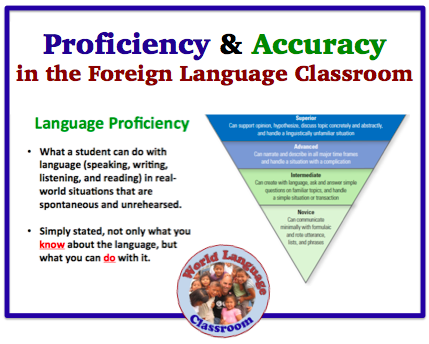 No, the most important task from our point of view should be that the child learns to correct his inner picture in the process of reading the text. And in fact, this is a very exciting task, similar to completing a quest or putting together a puzzle. I read the text, filling it with my imagination, but at the same time I don’t go on a free, imaginative journey torn off from the text (although at some moments this is possible: how exciting it is to compose your own offshoots of the book you read, to come up with its alternative versions! ), but I am constantly adjusting my original image. New details of the text appear - and these details make their own adjustments to my imaginative picture. This is the process of understanding, the process of dialogue in its primary form. And our experiments with children of preschool and primary school age show that the process of understanding can be incredibly exciting for a child. It turns out that it is incredibly interesting to notice how the appearance of some new textual details makes adjustments to the inner picture that my imagination paints.
No, the most important task from our point of view should be that the child learns to correct his inner picture in the process of reading the text. And in fact, this is a very exciting task, similar to completing a quest or putting together a puzzle. I read the text, filling it with my imagination, but at the same time I don’t go on a free, imaginative journey torn off from the text (although at some moments this is possible: how exciting it is to compose your own offshoots of the book you read, to come up with its alternative versions! ), but I am constantly adjusting my original image. New details of the text appear - and these details make their own adjustments to my imaginative picture. This is the process of understanding, the process of dialogue in its primary form. And our experiments with children of preschool and primary school age show that the process of understanding can be incredibly exciting for a child. It turns out that it is incredibly interesting to notice how the appearance of some new textual details makes adjustments to the inner picture that my imagination paints.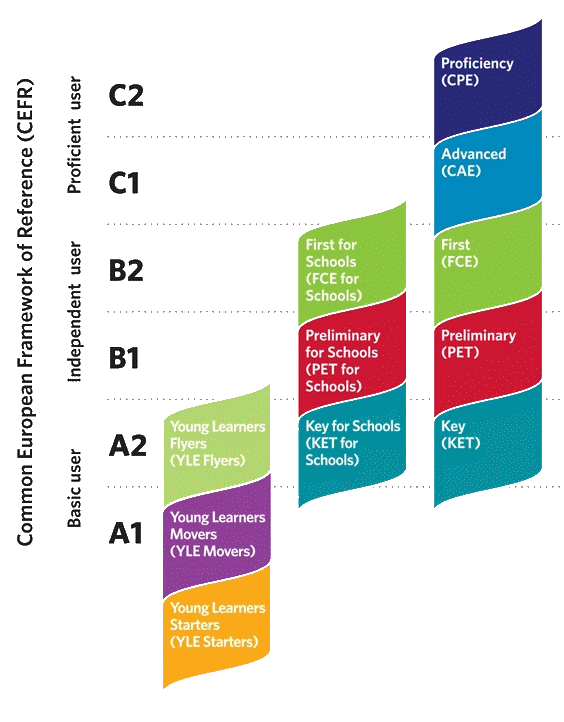 And if I fit all the details of the text into my inner picture, it means that I perceived the text adequately. And if the value of adequate reading is already formed in me at an early age, this becomes the basis for understanding in the future how qualitative literary analysis works as a special tool for understanding and intellectual reconstruction of the text. nine0003
And if I fit all the details of the text into my inner picture, it means that I perceived the text adequately. And if the value of adequate reading is already formed in me at an early age, this becomes the basis for understanding in the future how qualitative literary analysis works as a special tool for understanding and intellectual reconstruction of the text. nine0003
5. Also, the ability to read is the art of feeling the language and style, the art of enjoying the aesthetics of the text being read, the art of feeling the poetics and beauty of the language in which the text is written
from language. He knows how to live the book as a special artistic space. He knows the art of aesthetic pleasure. And this art can also be formed at the earliest stages of the reader's development. In our experiments, it was shown that for a child of preschool and primary school age, the game of recognizing the author's style and author's language can be extremely interesting.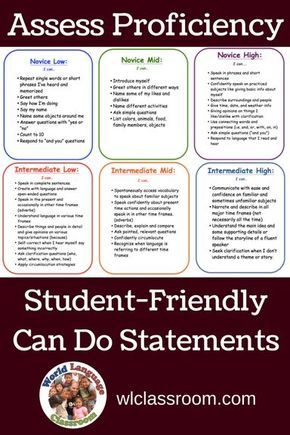 And this is another text game that helps stimulate the inner reader. One and the same story can be described in a completely different language. The same story can be told in a completely different style. It turns out that the book is not just a story about something. It is a story written in one way or another, with the help of one language or another. And it is interesting that in our experiments, children who had just learned to read, with great pleasure, were engaged in games to recognize different styles, different languages. It turns out that it is incredibly exciting when the plot of the story does not change one iota, but the language and art style with which the story is told changes radically. nine0003
And this is another text game that helps stimulate the inner reader. One and the same story can be described in a completely different language. The same story can be told in a completely different style. It turns out that the book is not just a story about something. It is a story written in one way or another, with the help of one language or another. And it is interesting that in our experiments, children who had just learned to read, with great pleasure, were engaged in games to recognize different styles, different languages. It turns out that it is incredibly exciting when the plot of the story does not change one iota, but the language and art style with which the story is told changes radically. nine0003
Ultimately, the most important indicator of a successful reader is that he begins to look for books not in terms of plot or genre, but in terms of artistic style and quality of language. He begins to distinguish artistically “tasty” books from artistically tasteless ones, he forms in himself what can be called an “artistic navigator” or “artistic scent” - something that allows you to navigate the sea of literature from the standpoint of taste.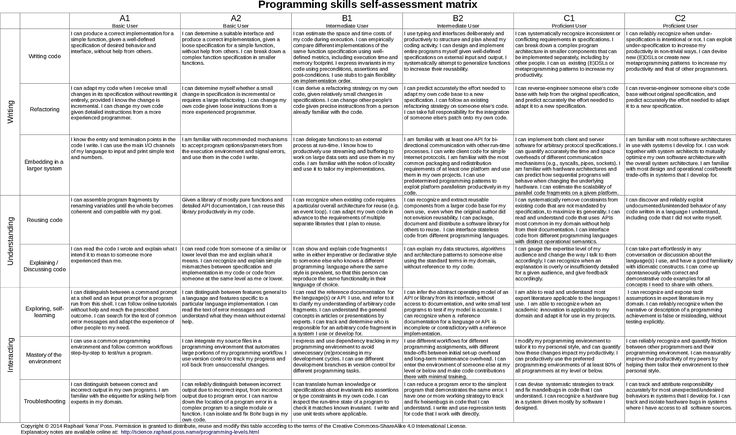 And, by the way, the formation of such an internal artistic navigator can be regarded as the highest result of school literary education. If anything should be tested based on the results of school literary education, then this is precisely how this internal aesthetic navigator turned out to be formed in the child. After all, if such a navigator has not been formed at all, this means that the years that have gone to the “study” of the school literature course turned out to be mediocrely thrown away by time. The inner reader did not take place, and the book was reduced to "fiction", in which only the plot is interesting, but not the language and not the artistic space. If the child had a taste for language and a craving for language, if a sense of artistic style and a craving for artistically complex and rich works turned out to be formed, then literary education took place - regardless of how many authors were “passed through” and how many mastered artistic works. nine0003
And, by the way, the formation of such an internal artistic navigator can be regarded as the highest result of school literary education. If anything should be tested based on the results of school literary education, then this is precisely how this internal aesthetic navigator turned out to be formed in the child. After all, if such a navigator has not been formed at all, this means that the years that have gone to the “study” of the school literature course turned out to be mediocrely thrown away by time. The inner reader did not take place, and the book was reduced to "fiction", in which only the plot is interesting, but not the language and not the artistic space. If the child had a taste for language and a craving for language, if a sense of artistic style and a craving for artistically complex and rich works turned out to be formed, then literary education took place - regardless of how many authors were “passed through” and how many mastered artistic works. nine0003
By the way, only if a child has a sense of language and a sense of the aesthetics of a literary text, he will be ready to enjoy more and more new artistic discoveries, will be ready to meet new and unusual artistic worlds, will be ready to dialogue with the current literary process, which is also the most important criterion for a "reader".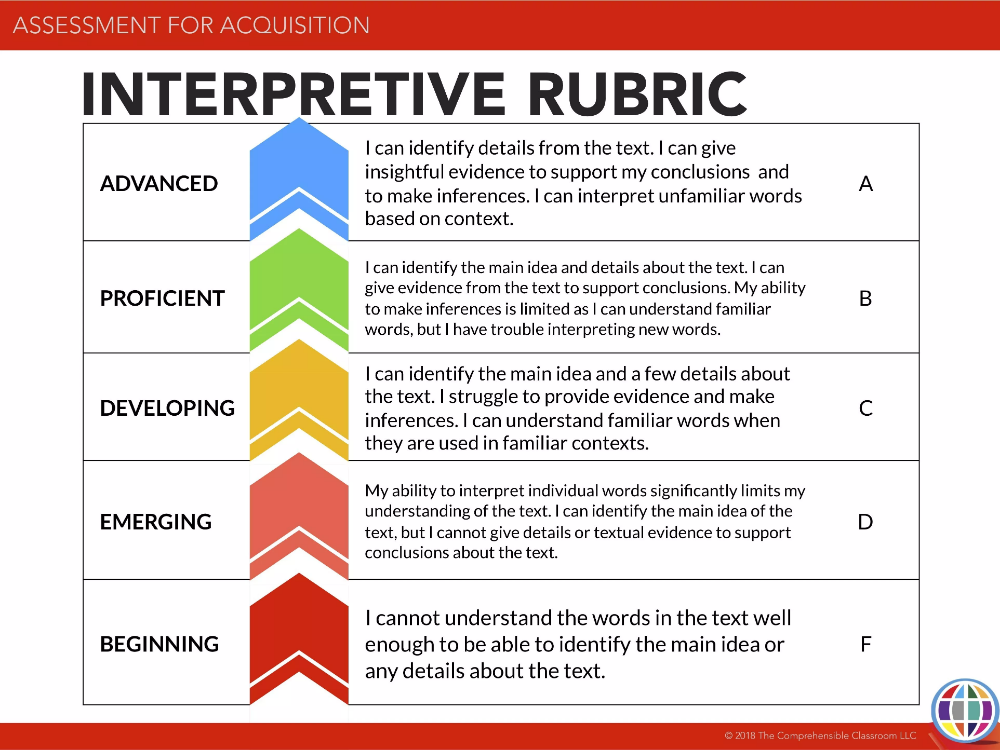 A person who reads is a person who does not waste his precious time reading waste book paper, but is open to meeting new artistic worlds. nine0003
A person who reads is a person who does not waste his precious time reading waste book paper, but is open to meeting new artistic worlds. nine0003
6. The ability to read is the art of rummaging through books, the ability to filter the flow of books and, ultimately, the art of creating your personal library as a mirror of your personality
Let me explain what I mean. The library, in the sense in which I speak of it here, is not at all a number of books displayed on the home bookshelves. I'm talking about the library as an intrapersonal process. About the process that accompanies an educated person throughout his life. A library in which books are constantly rearranged and sorted. On the shelves of this intrapersonal library are, first of all, of course, books read and viewed; at the same time, there is a constant change in the rating of these books throughout life. Something that was once incredibly captivating and seemed overvalued, suddenly loses its position, and something suddenly comes to the fore.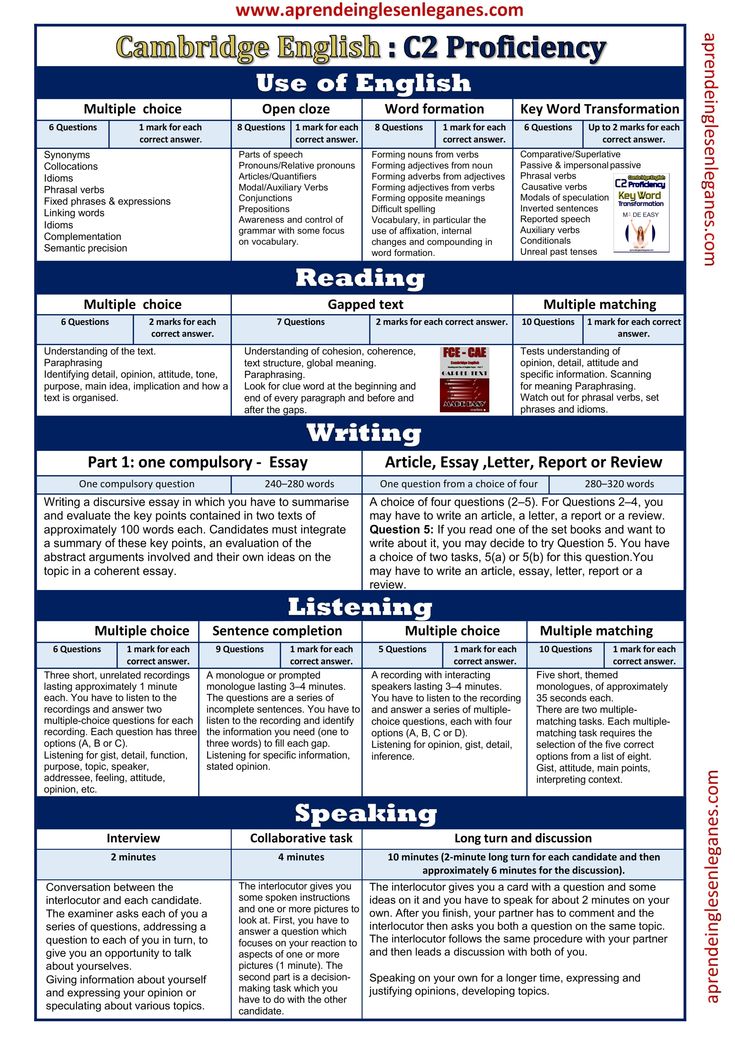 A book that once did not touch anything at all suddenly becomes a book of the first magnitude ... A person who reads is a person who is busy all the time - often unconsciously! - ordering and reordering books on these intrapersonal shelves. Moreover, the most important thing in the intrapersonal library is not even those books that have already been read, but those that you want to read. And in any case, the length of certain rack shelves and their content is the most important indicator of education. nine0003
A book that once did not touch anything at all suddenly becomes a book of the first magnitude ... A person who reads is a person who is busy all the time - often unconsciously! - ordering and reordering books on these intrapersonal shelves. Moreover, the most important thing in the intrapersonal library is not even those books that have already been read, but those that you want to read. And in any case, the length of certain rack shelves and their content is the most important indicator of education. nine0003
But even more important is the dynamics of this internal library. The more developed a reader is in a person, the more mobile his internal library is, the more actively the ordering and reordering of this book wealth takes place, the more alive this internal library space is. Tastes, assessments, predilections, guidelines, preferences change. The vectors of book excitement are changing, manifested in what a person is ready to spend money on (at least mentally!) When he comes to a bookstore or what books he is ready to order when he comes to a public library. One thing is certain: the space and life of this intrapersonal library is the most important indicator of education. nine0003
One thing is certain: the space and life of this intrapersonal library is the most important indicator of education. nine0003
However, what is noteworthy is that the school does not cultivate this skill in the child at all: the skill to create, organize and develop his personal internal library. School literary education offers a single, and, therefore, fundamentally impersonal library of so-called "program" works. And this is a gigantic, strategic mistake, as a result of which the vast majority of students never learn to be "internal librarians", do not master the art of bibliodriving - gambling and personal search in the endless world of books. And this is also one of the reasons why a huge number of school graduates never develop the ability to read. And vice versa: when in our numerous experiments we launched numerous biblio-driving games (games aimed at learning to “dig through” books and arrange them according to a variety of arbitrary grounds), starting from the senior groups of the kindergarten and ending with the senior classes of the secondary school , children definitely developed a steady and high-quality motivation to read, as well as a desire to dig and travel in various living library spaces.

